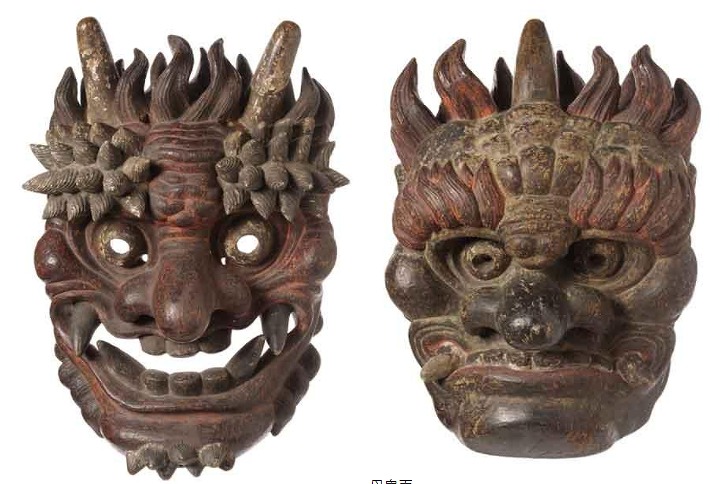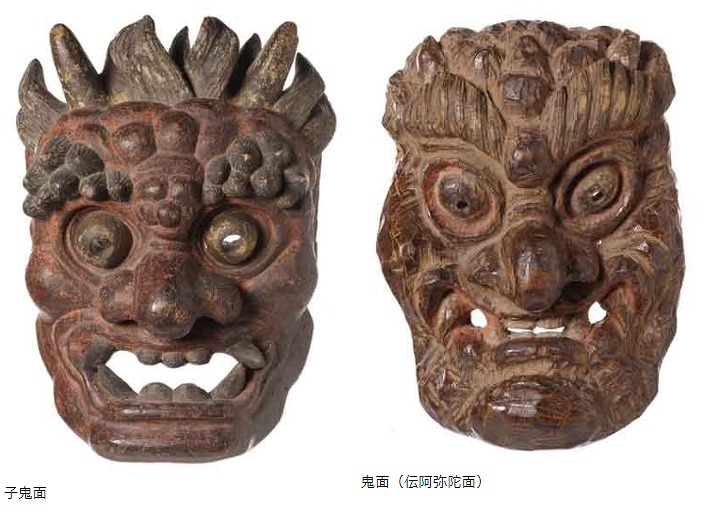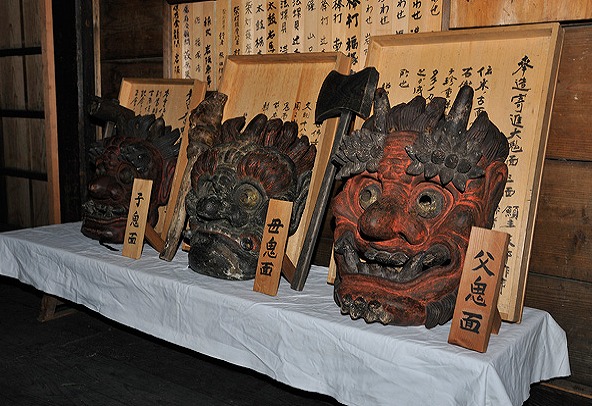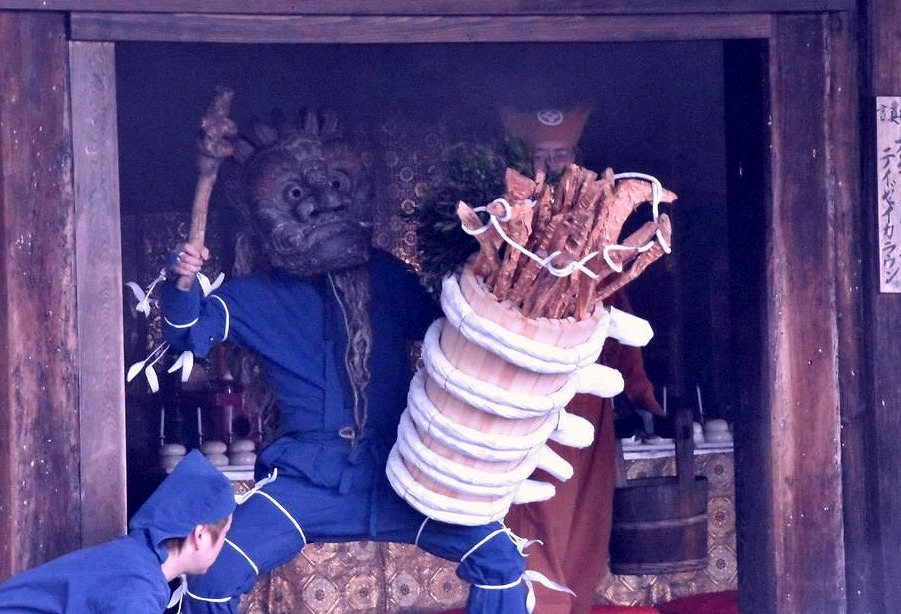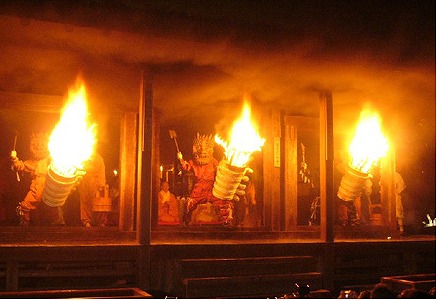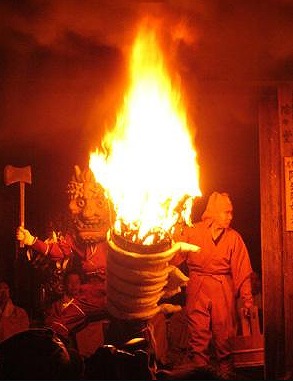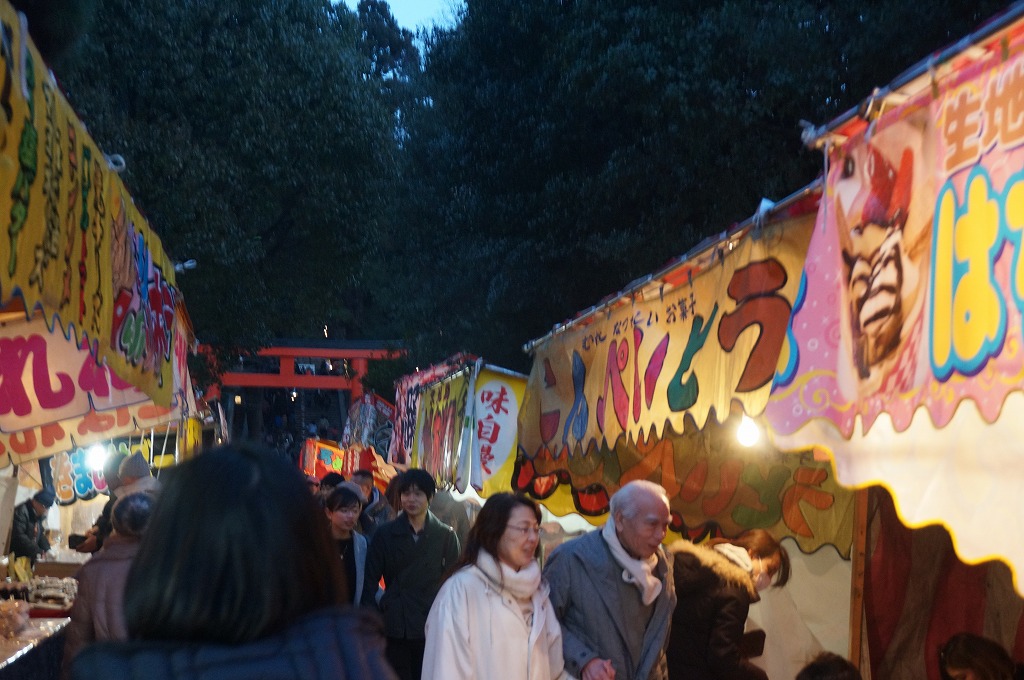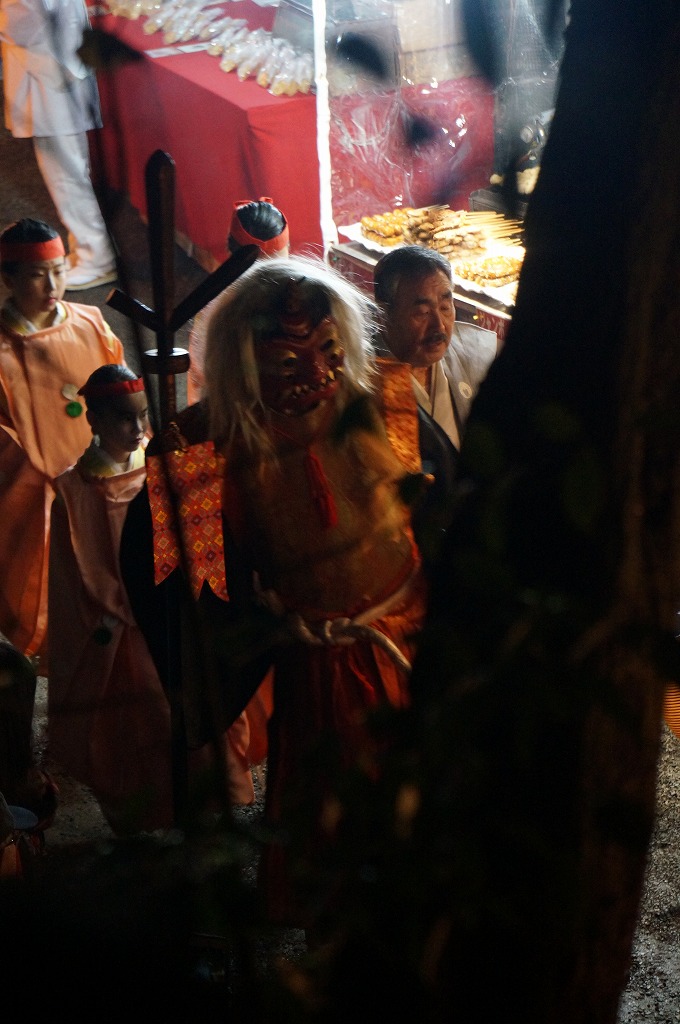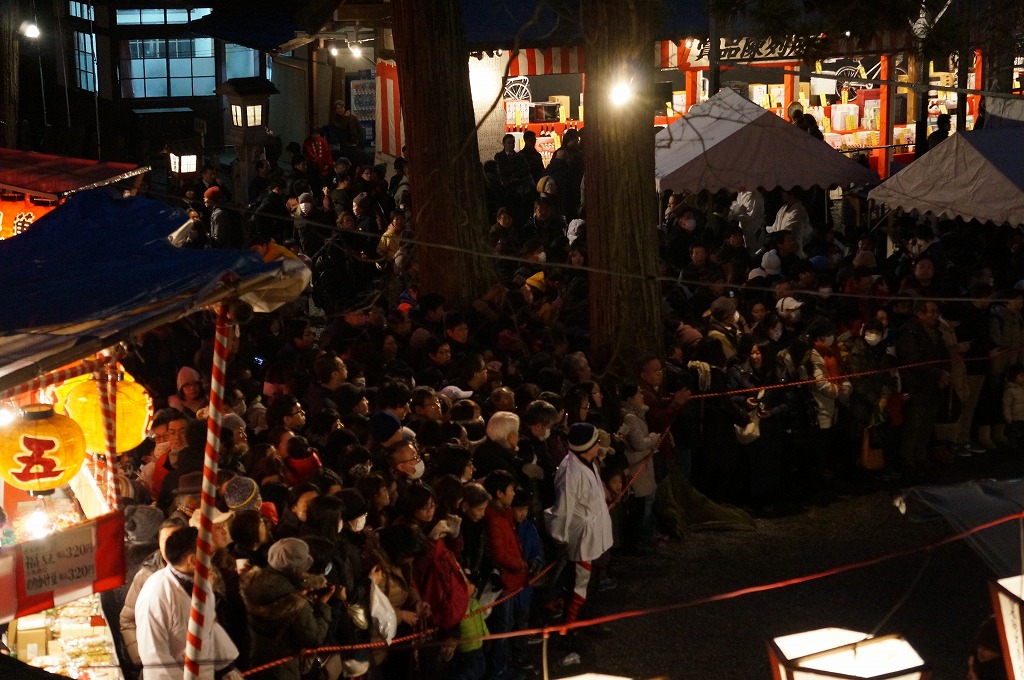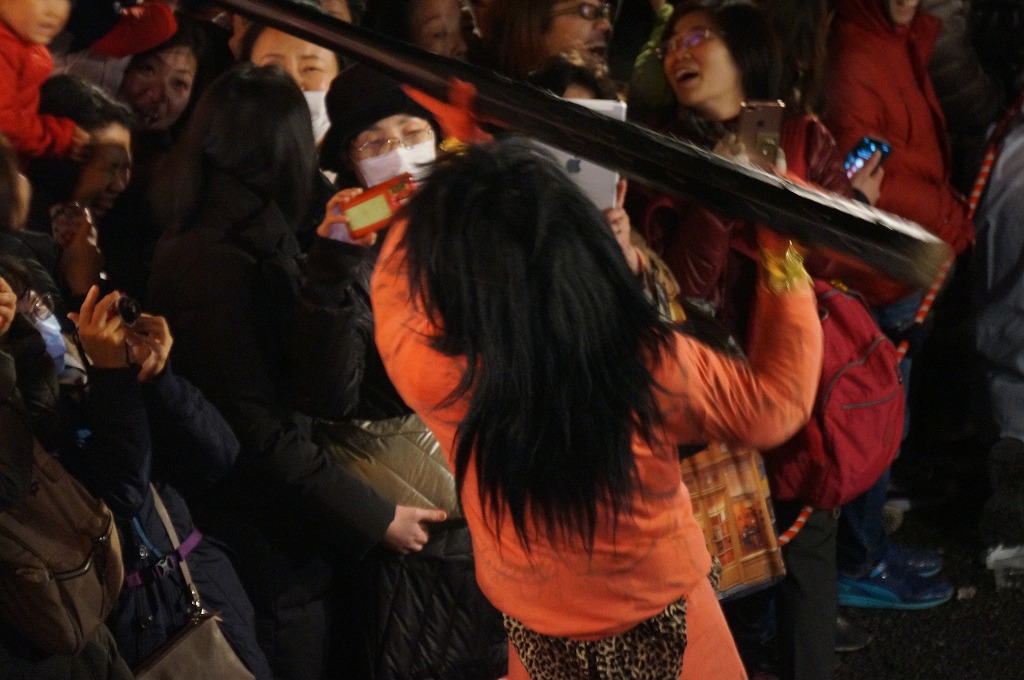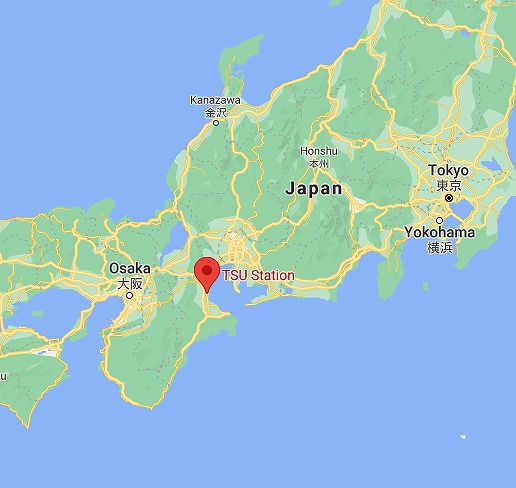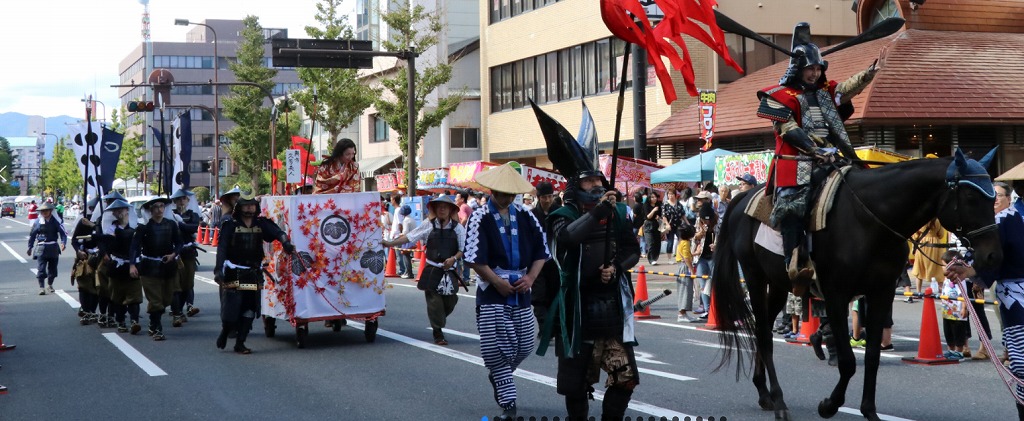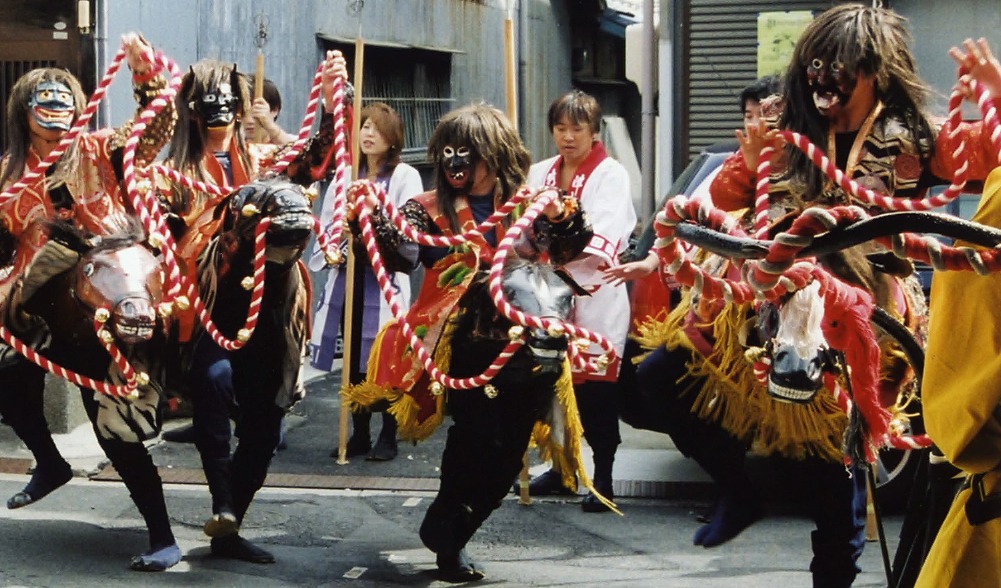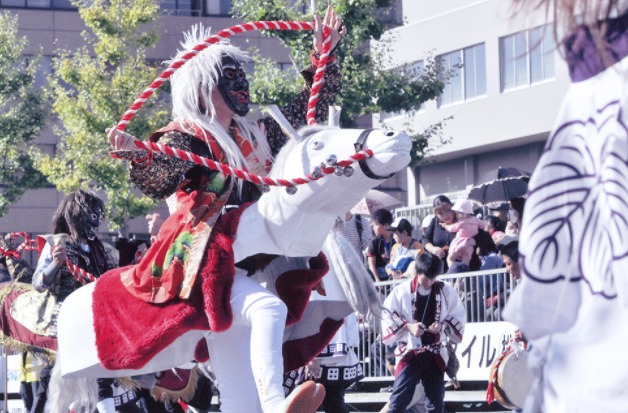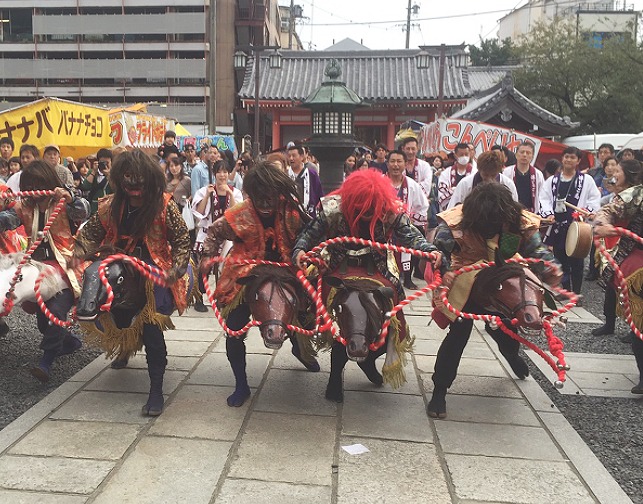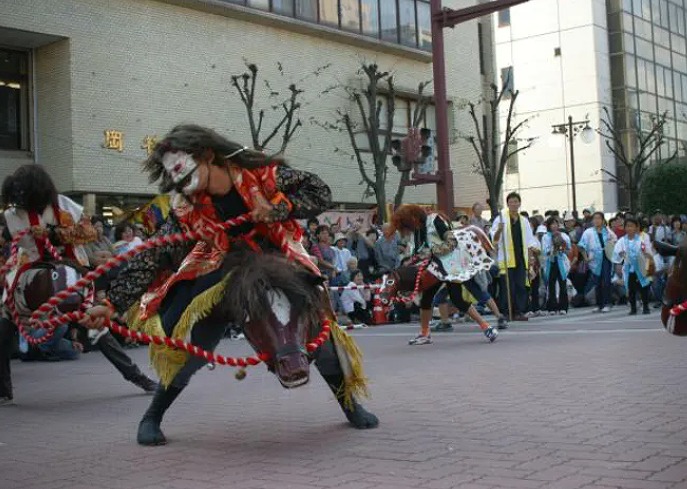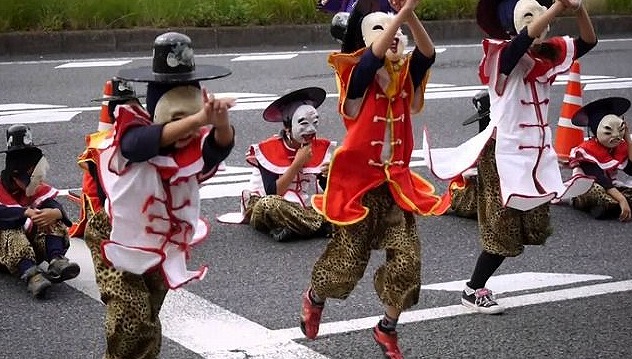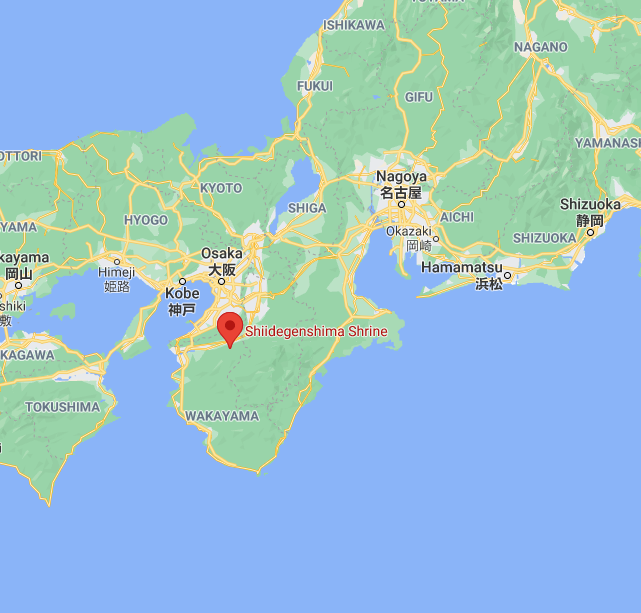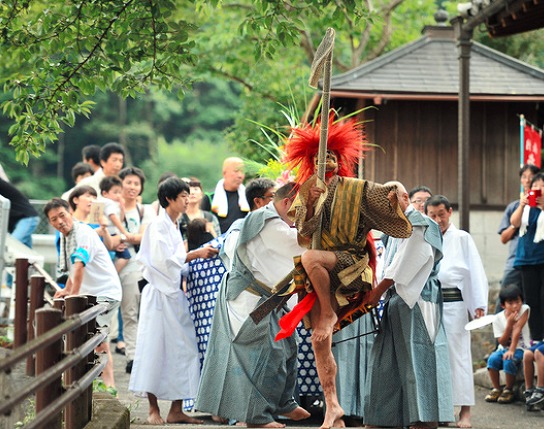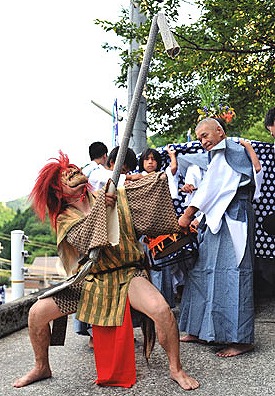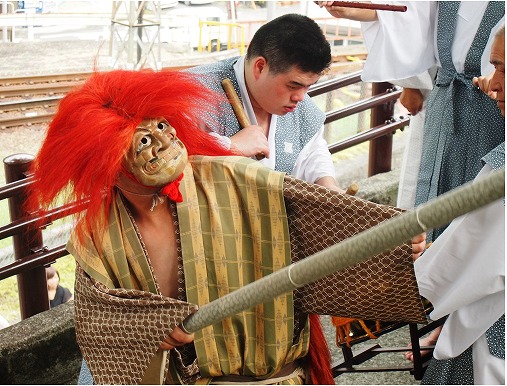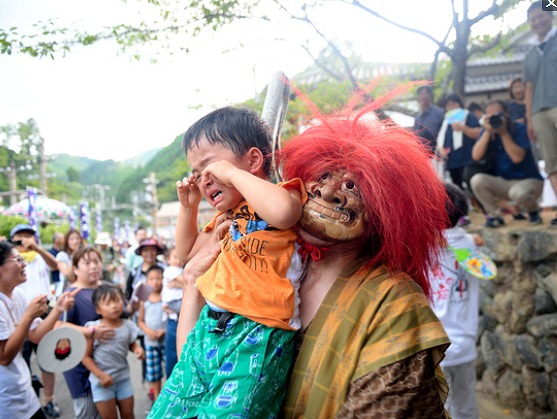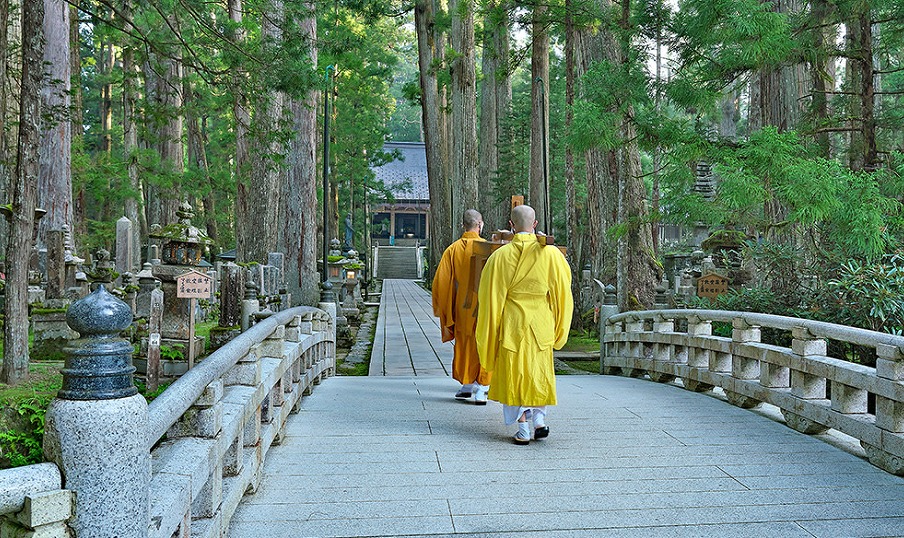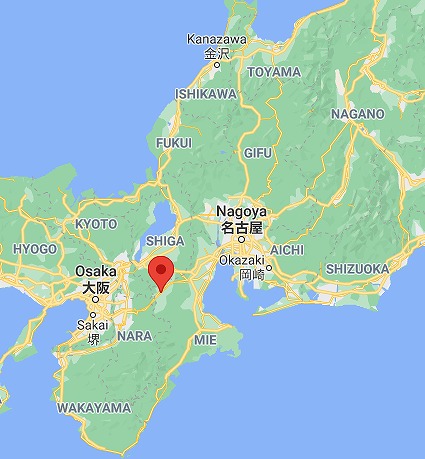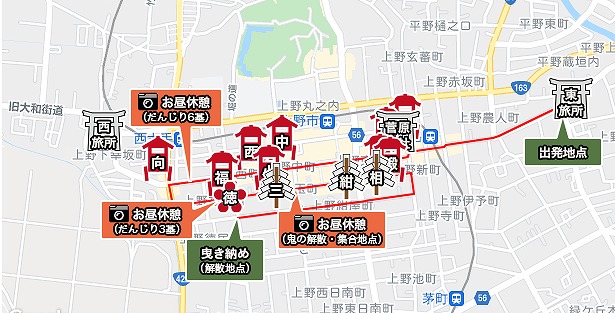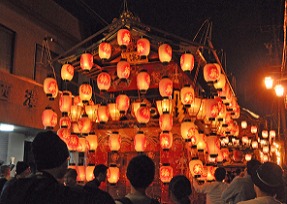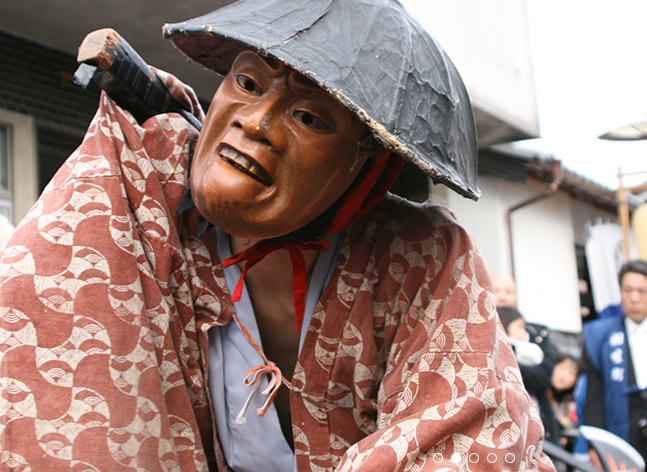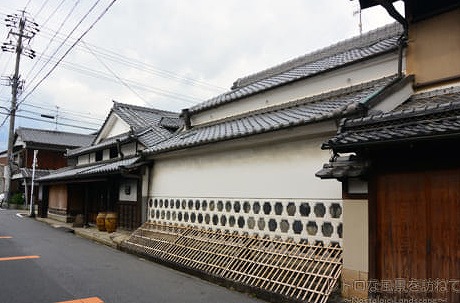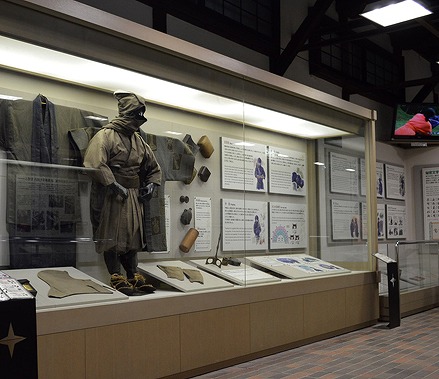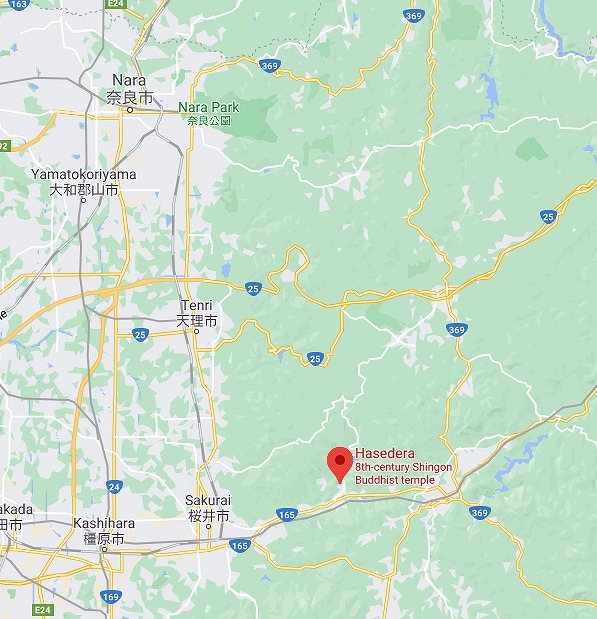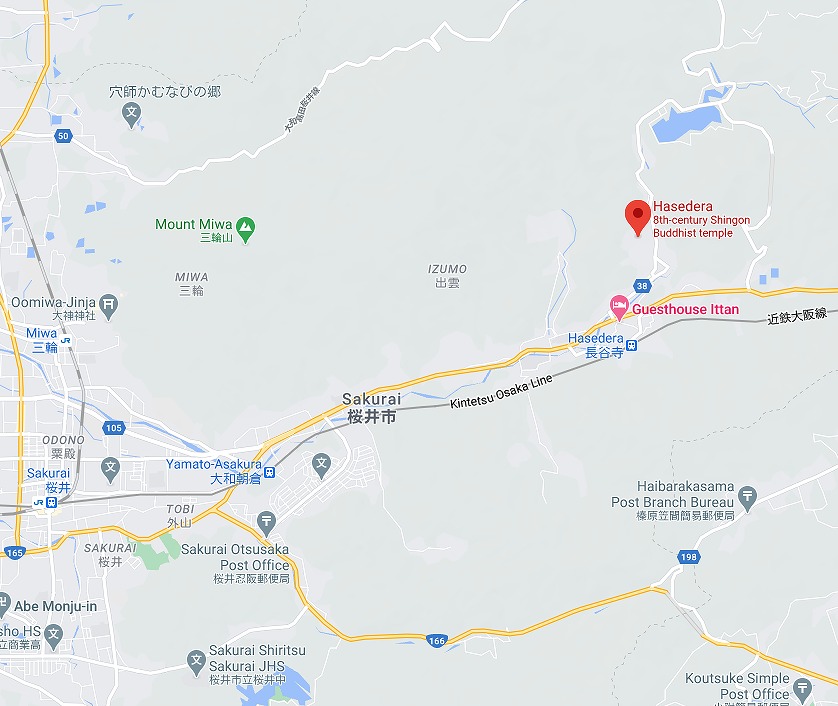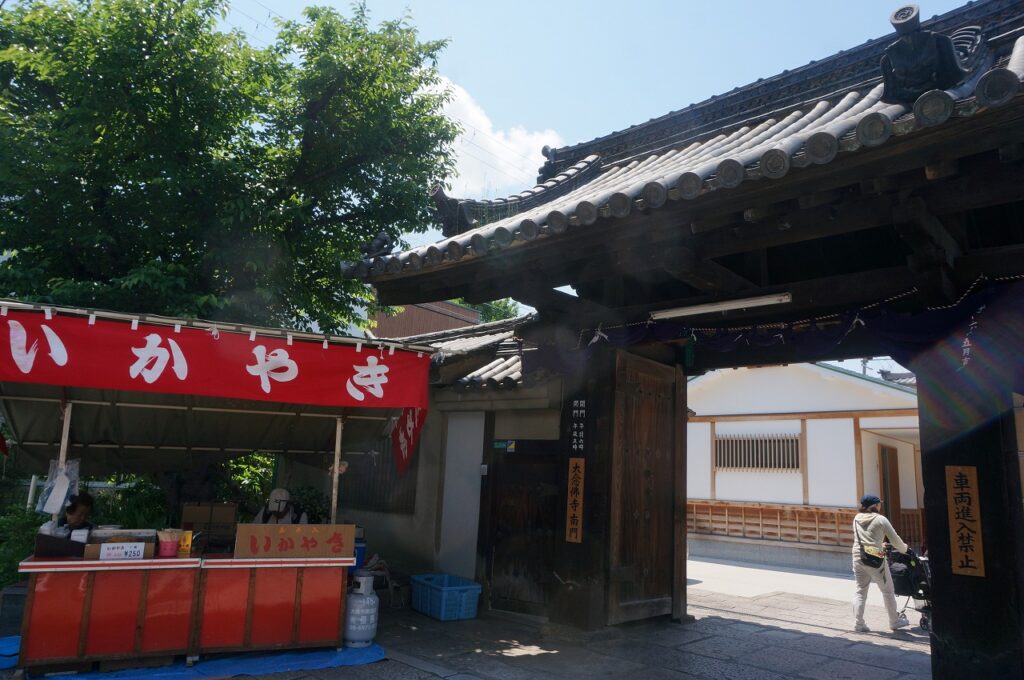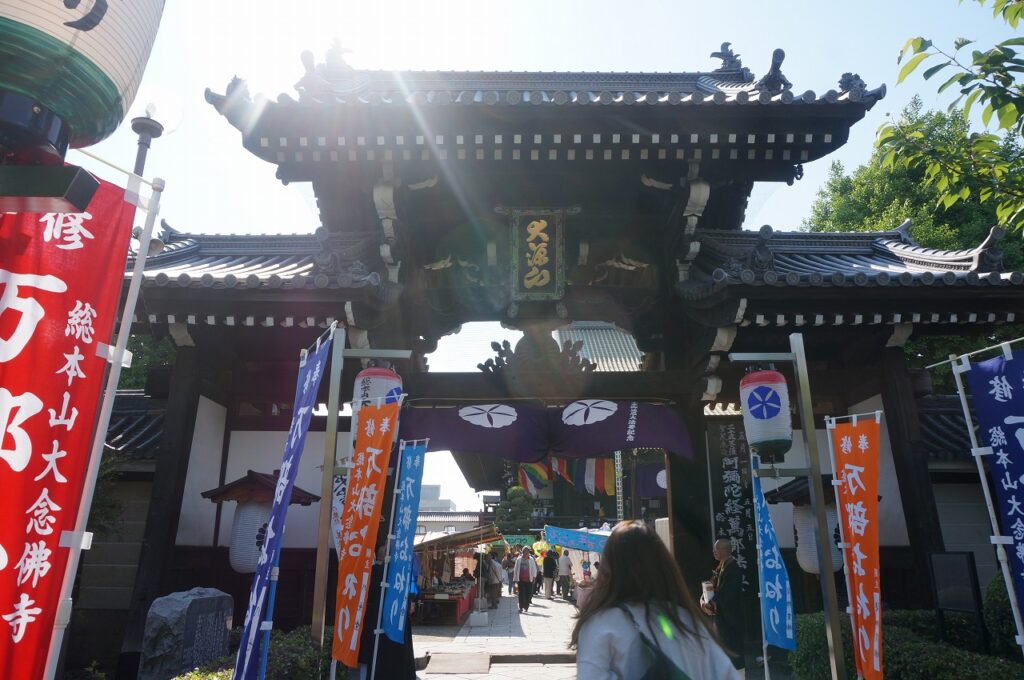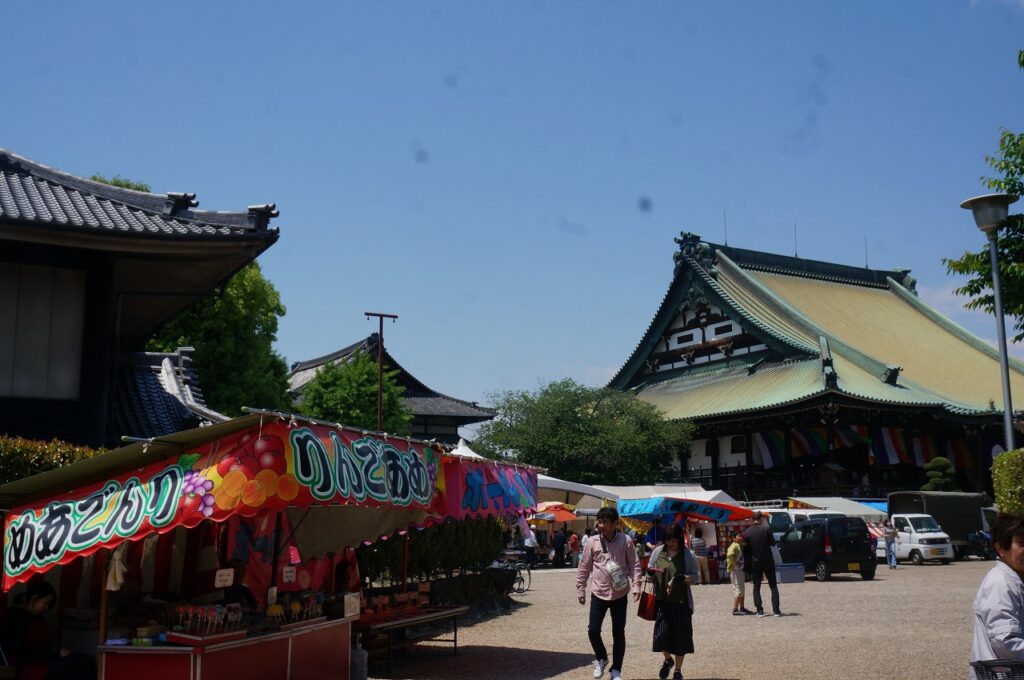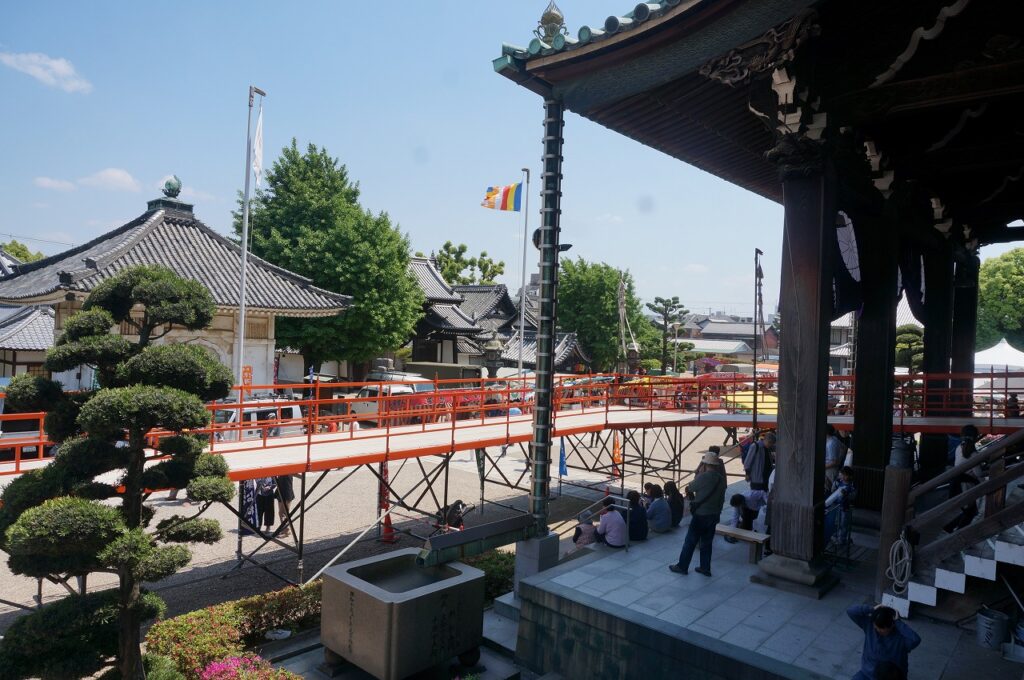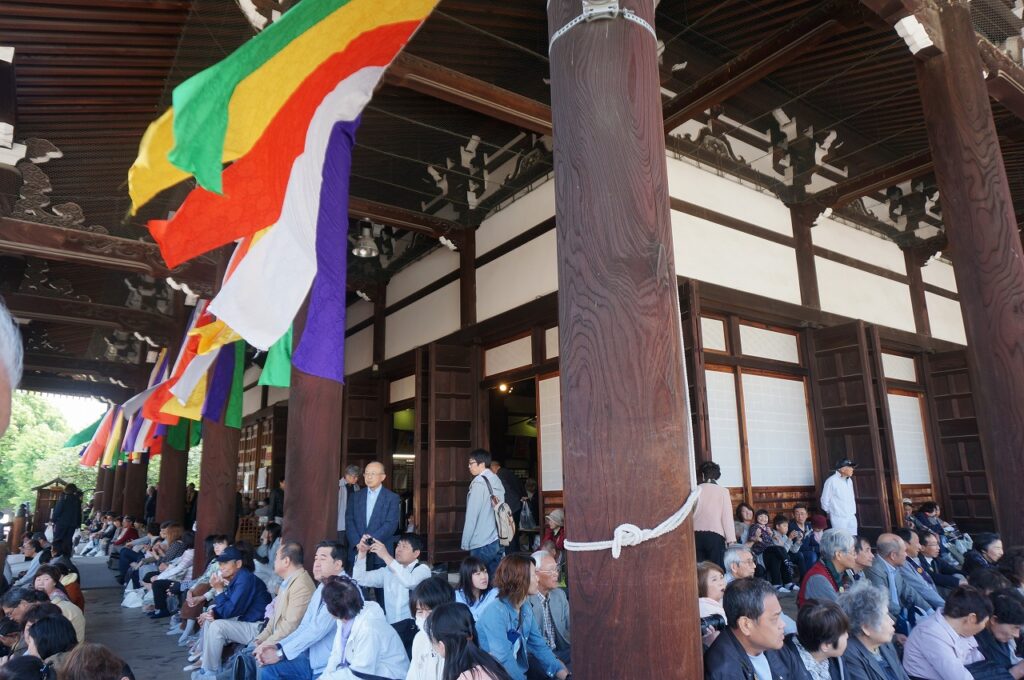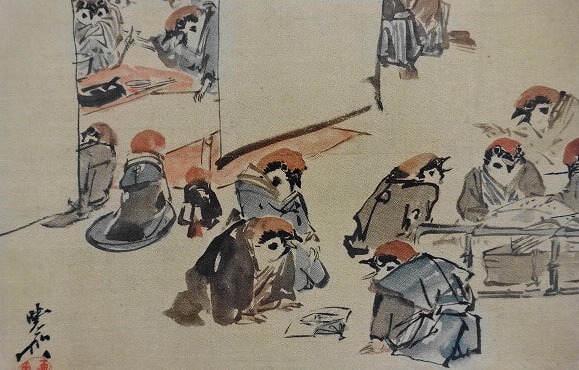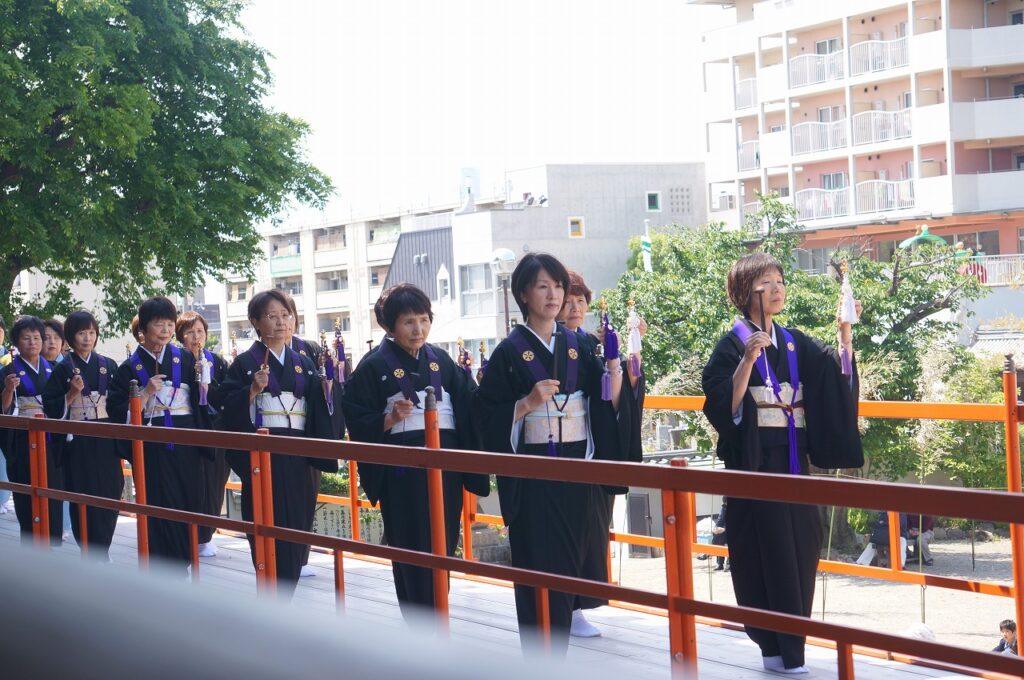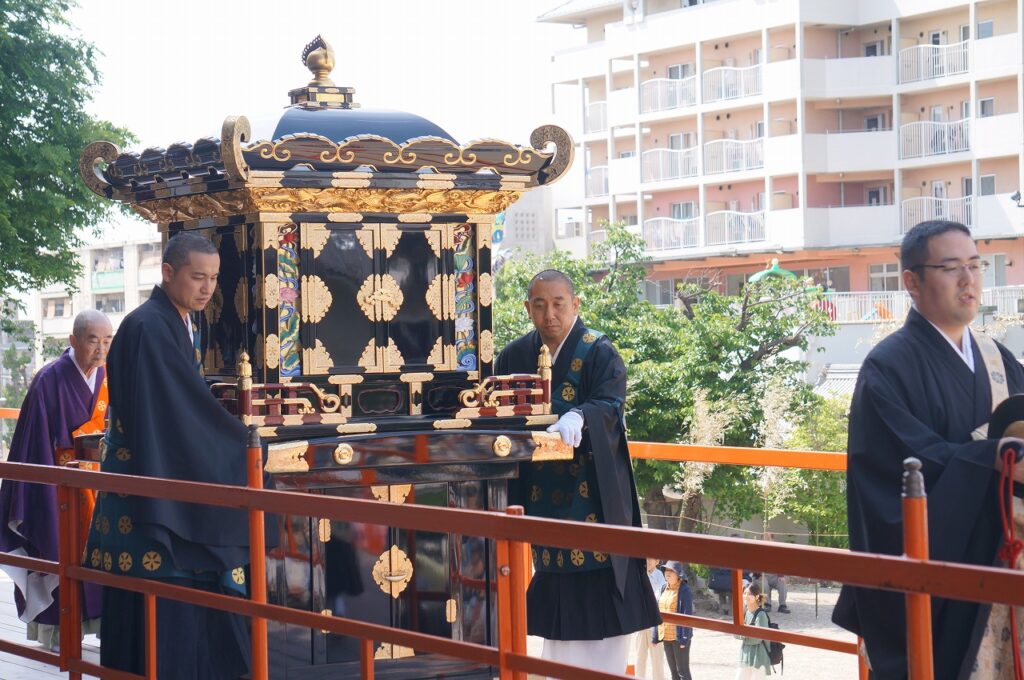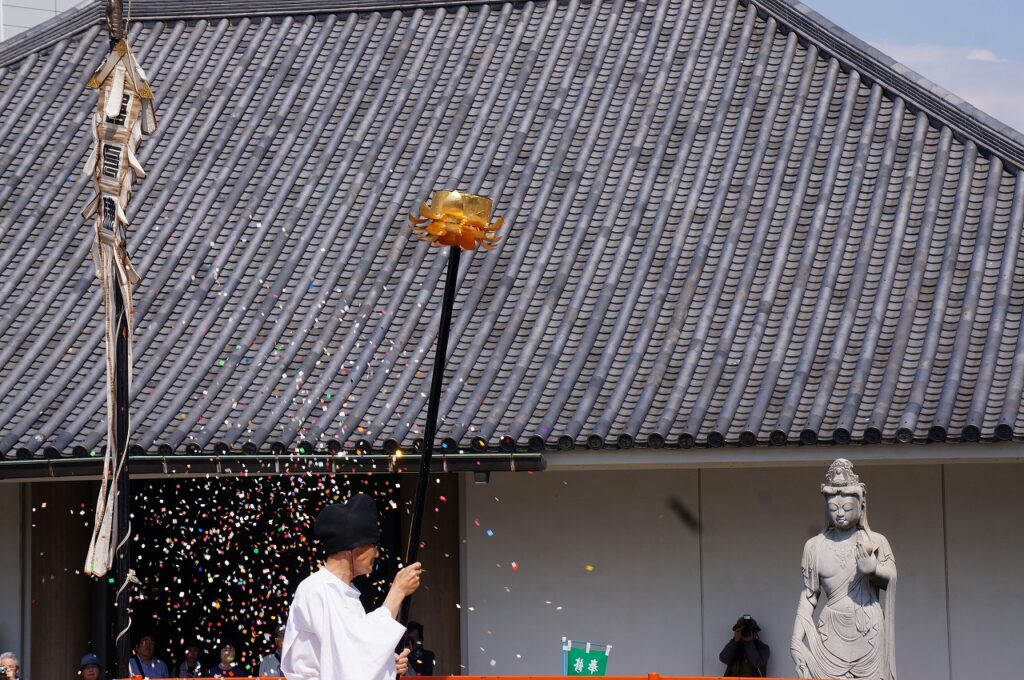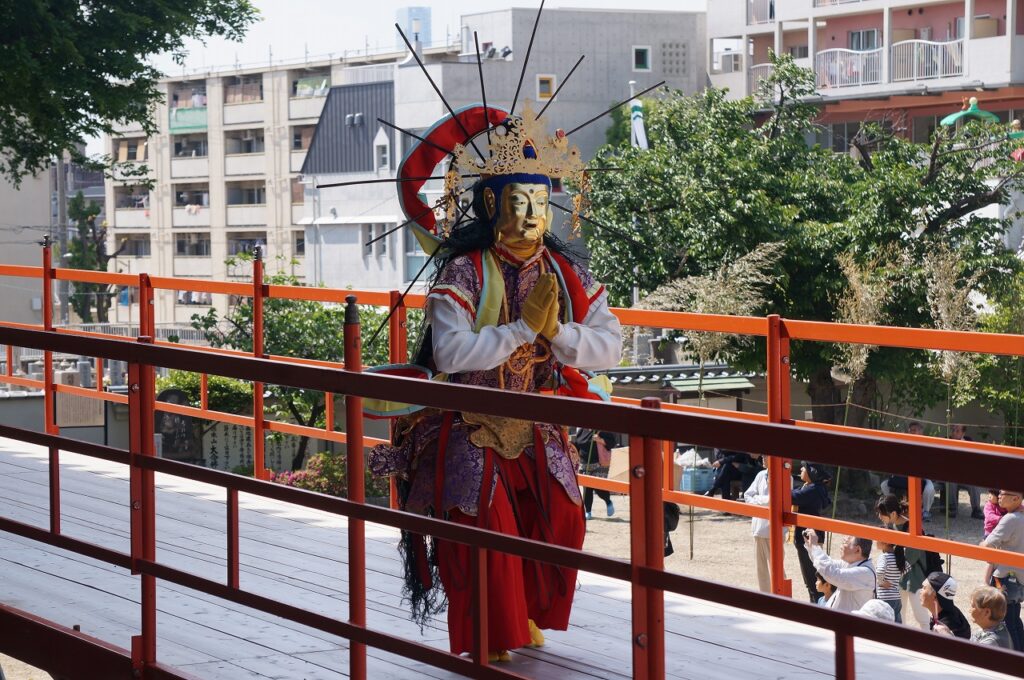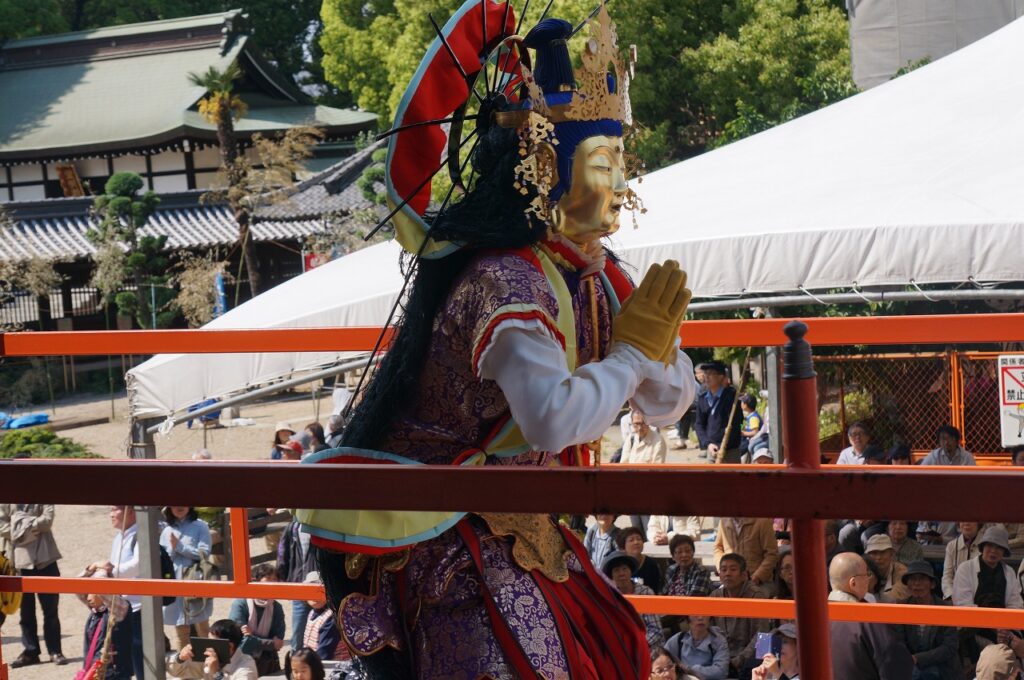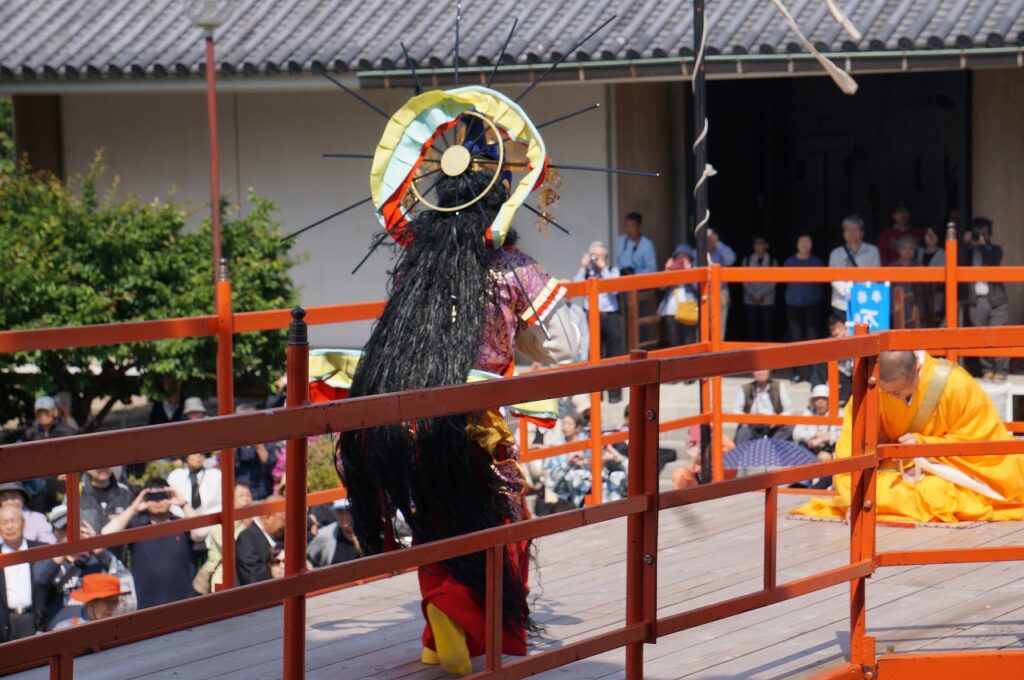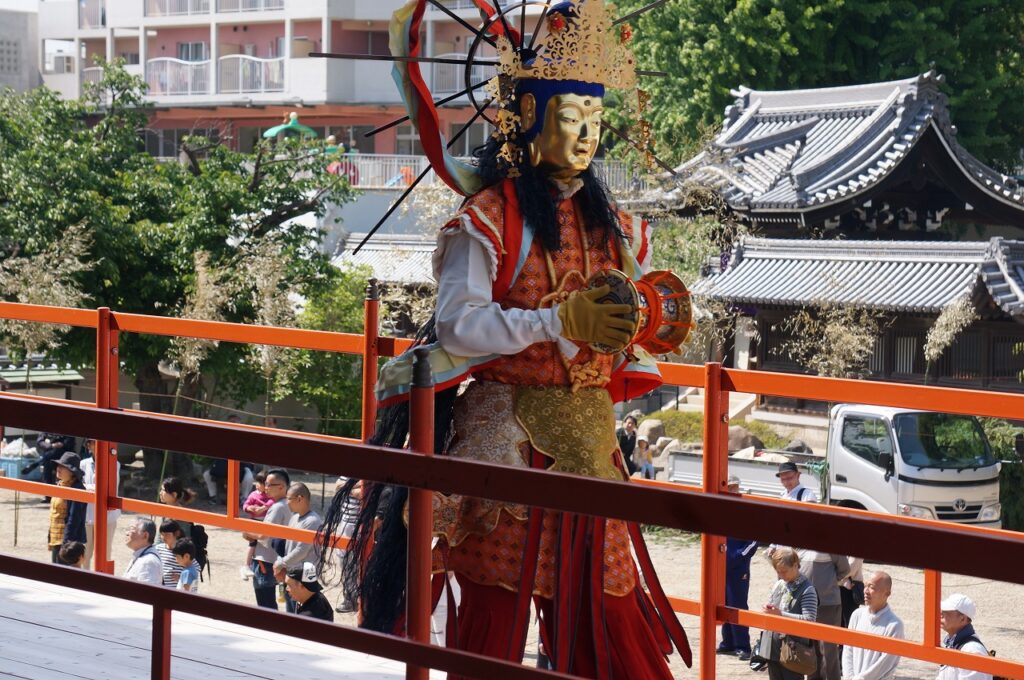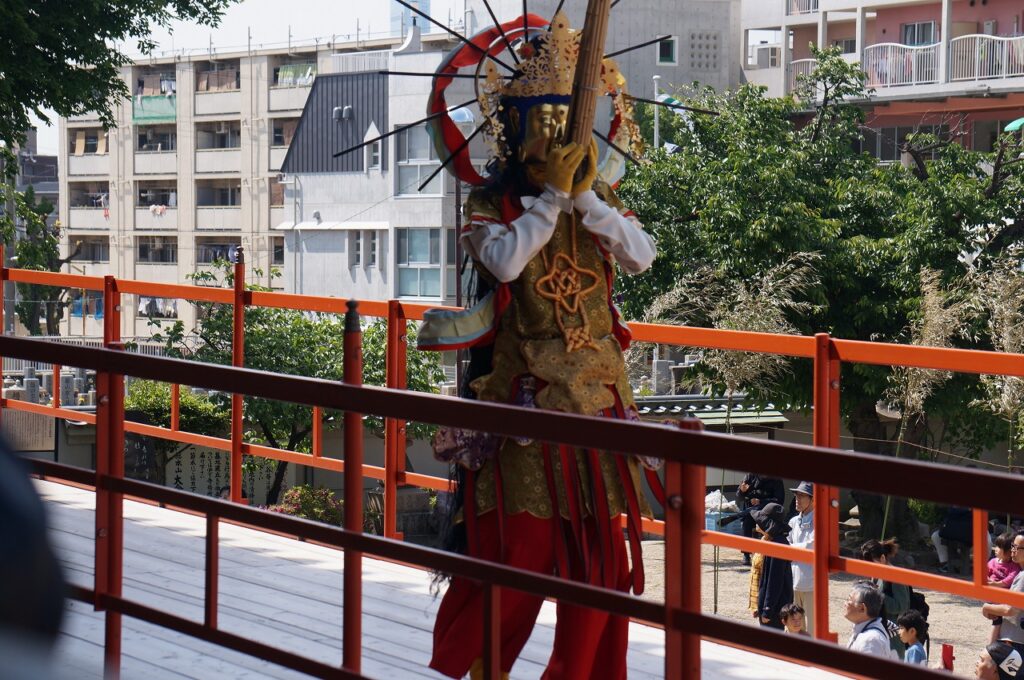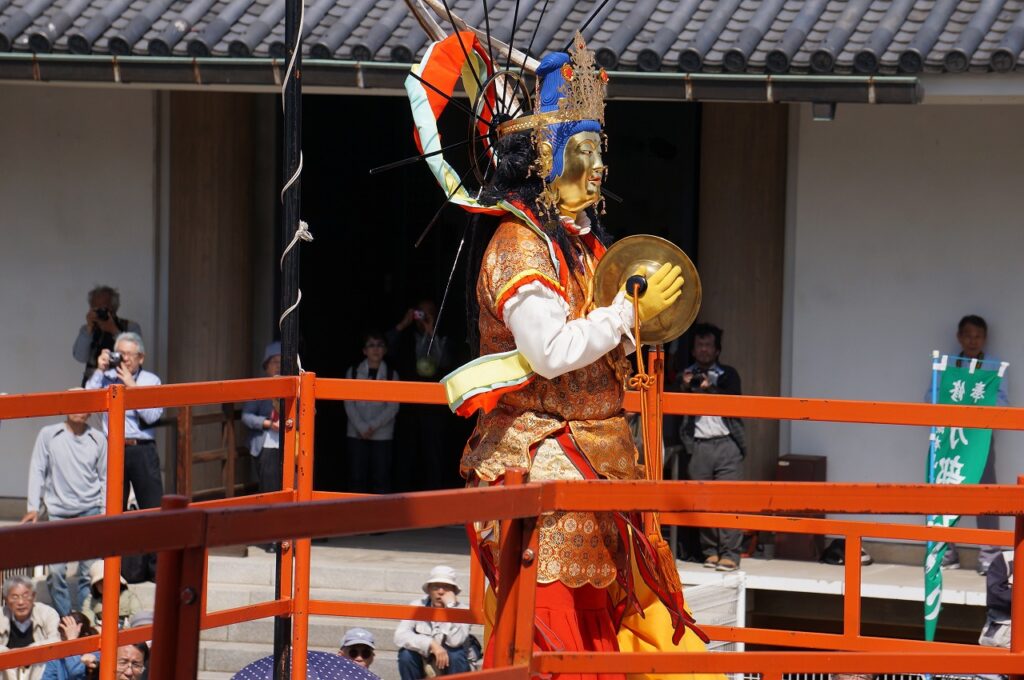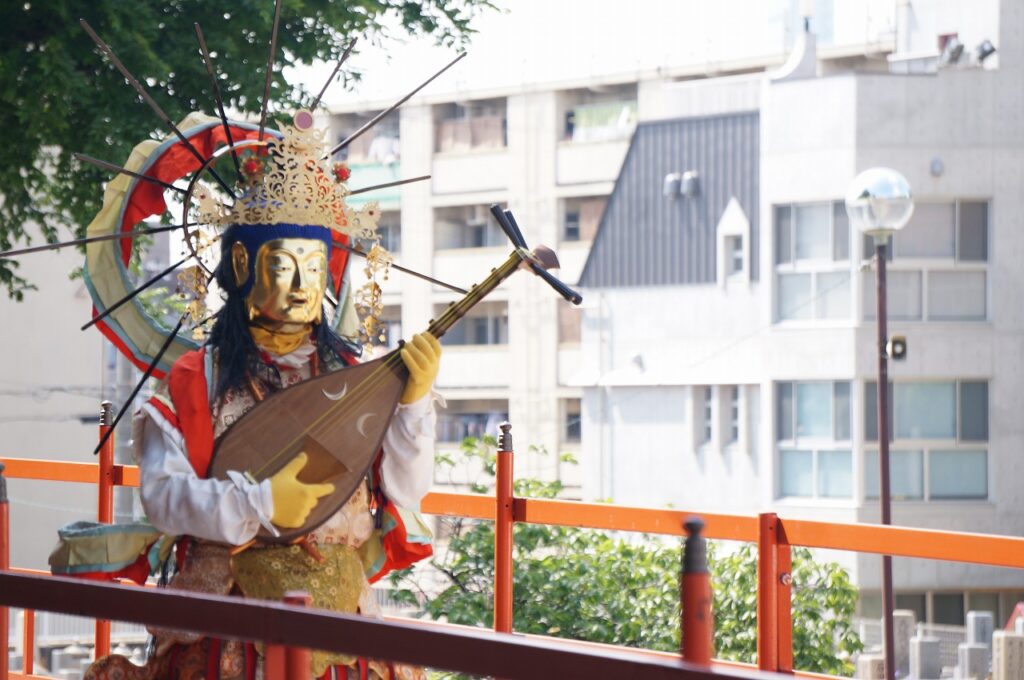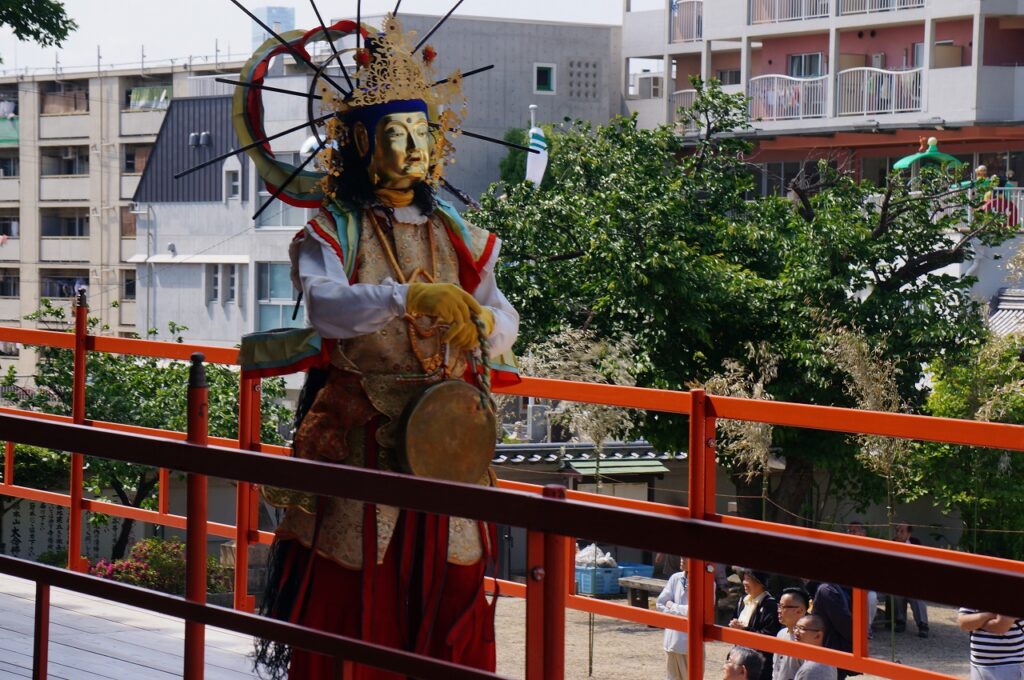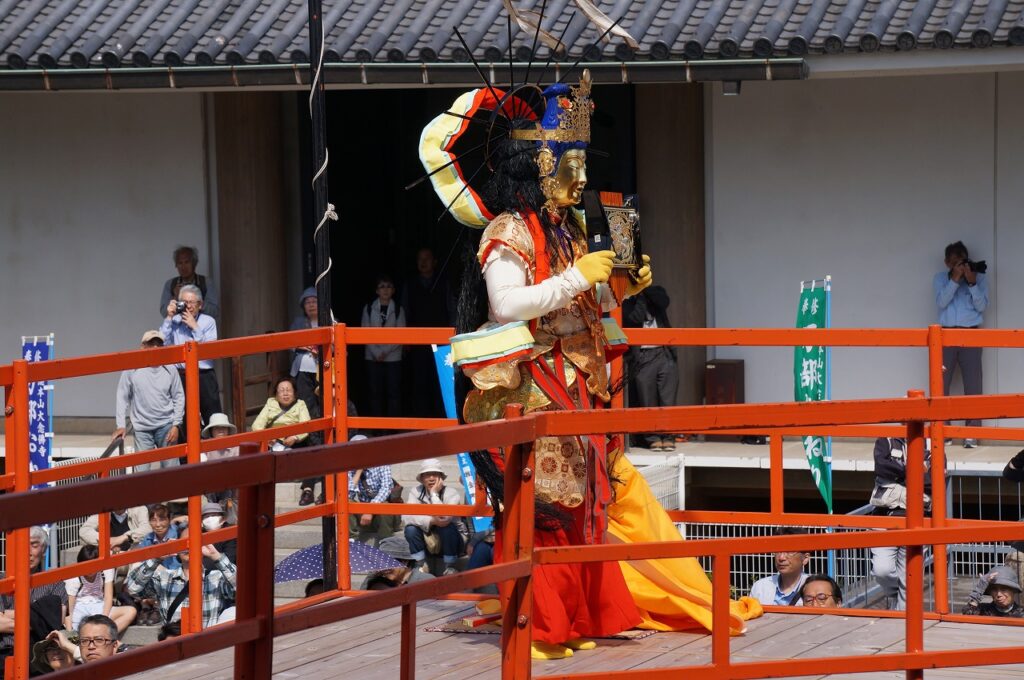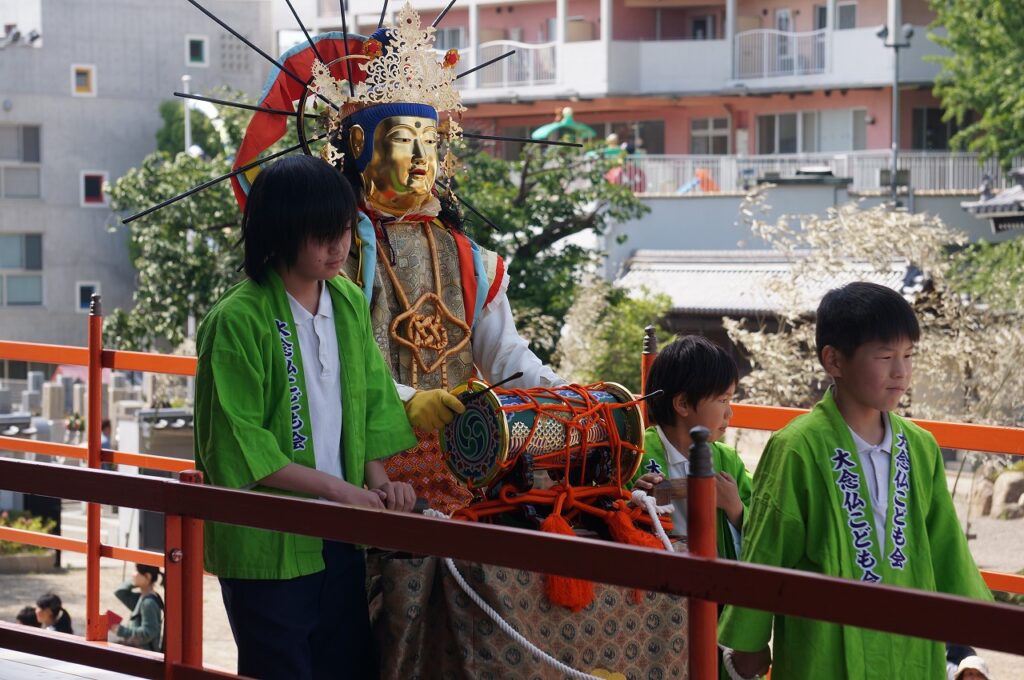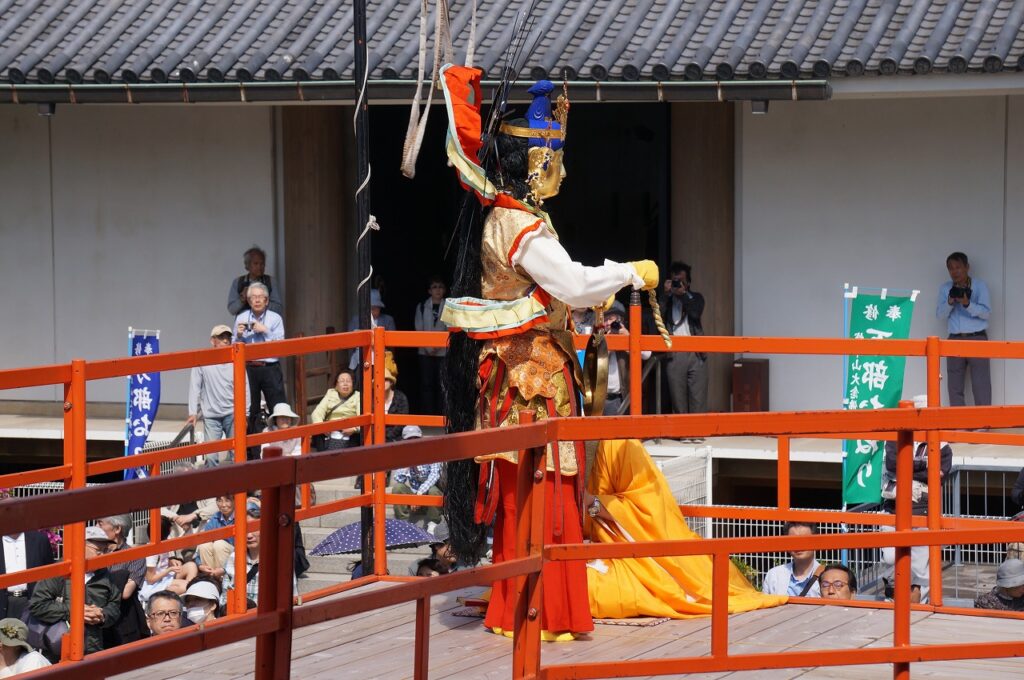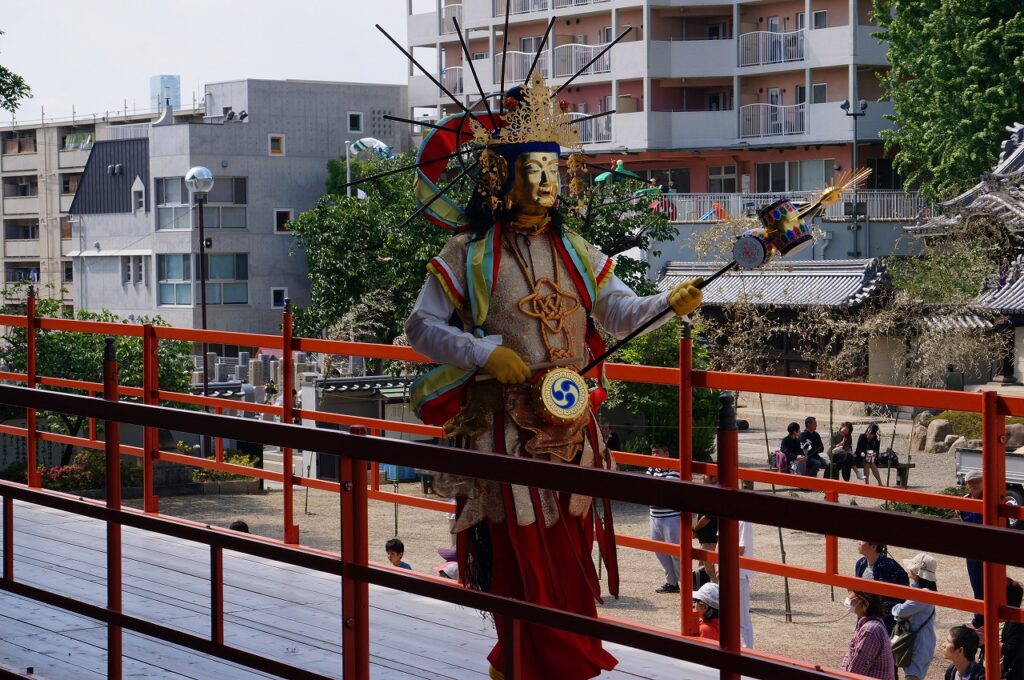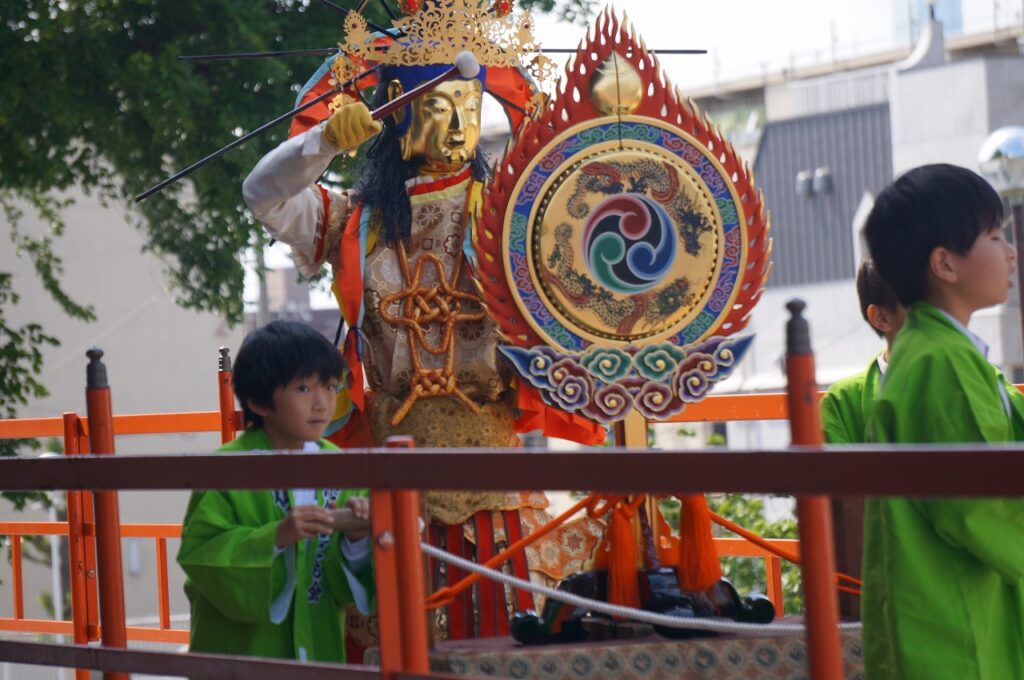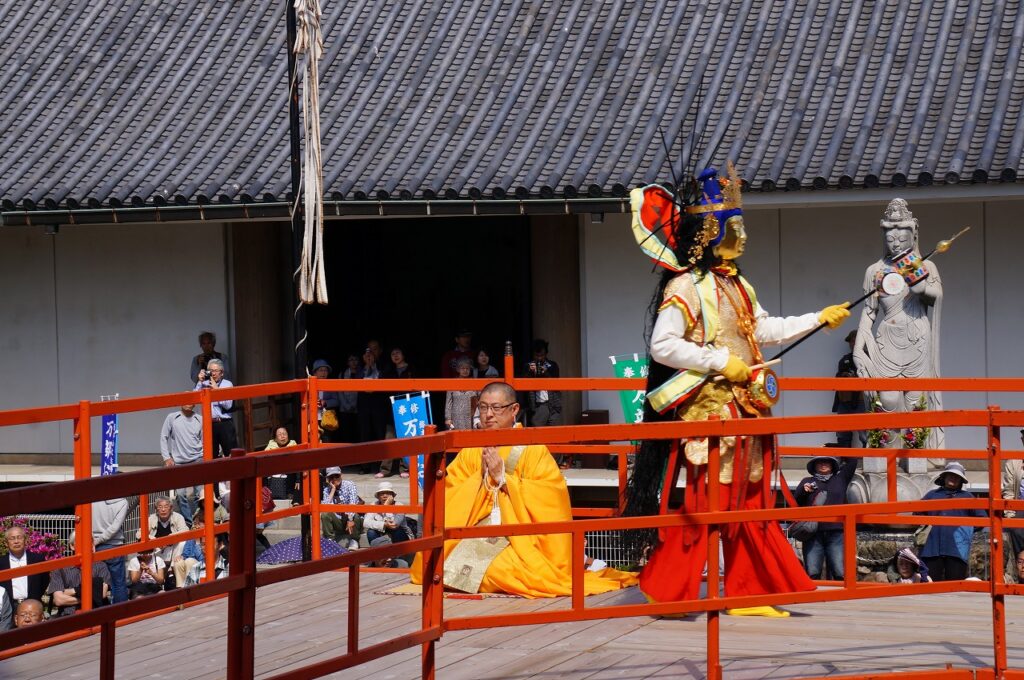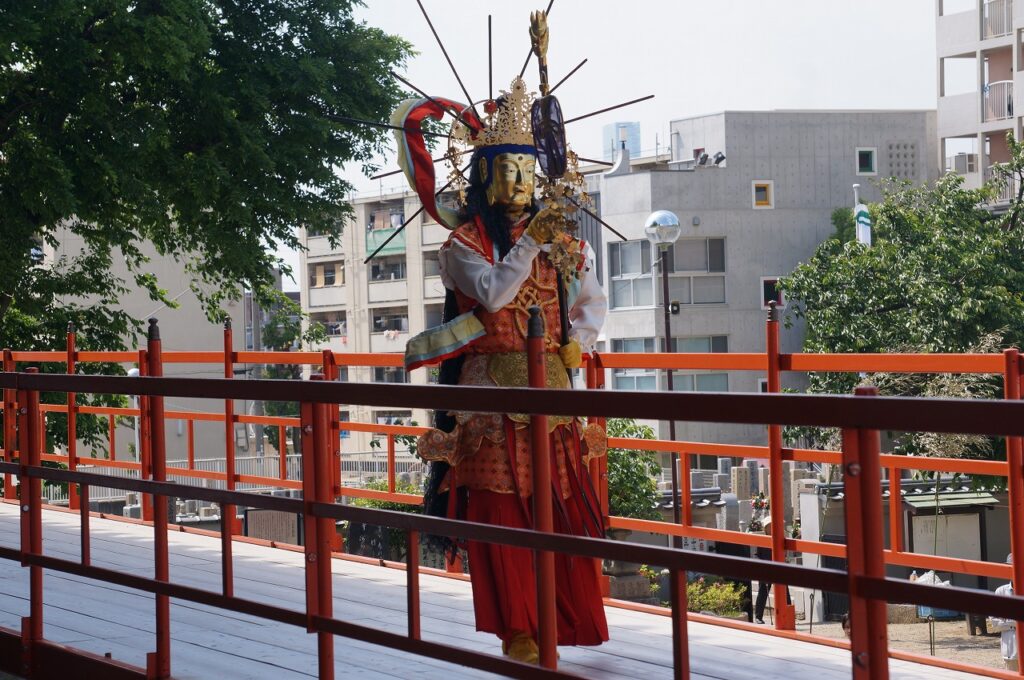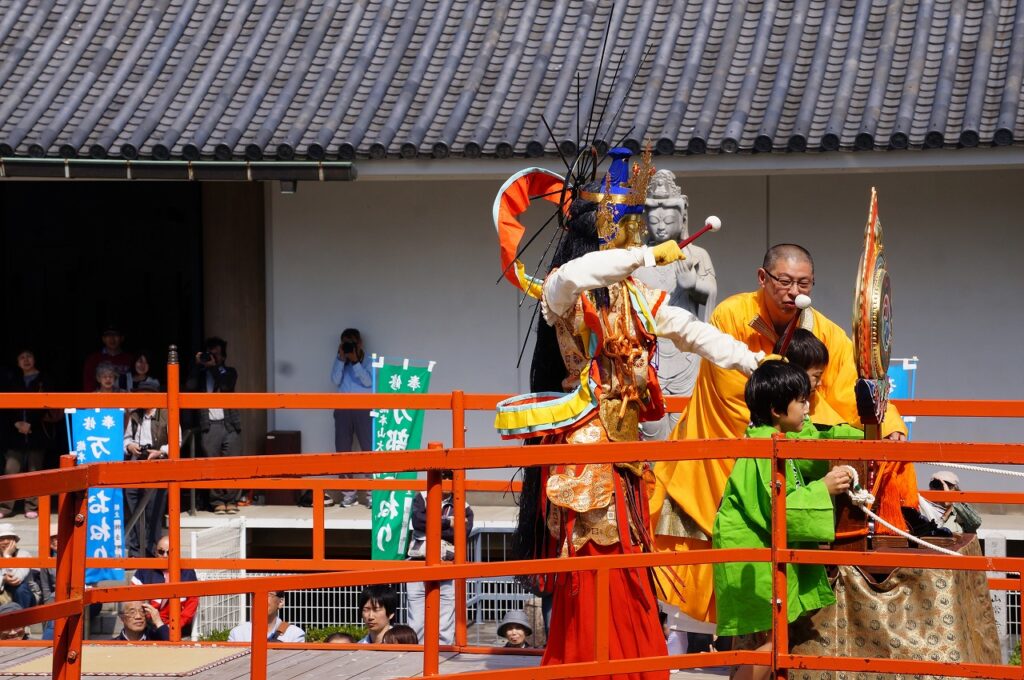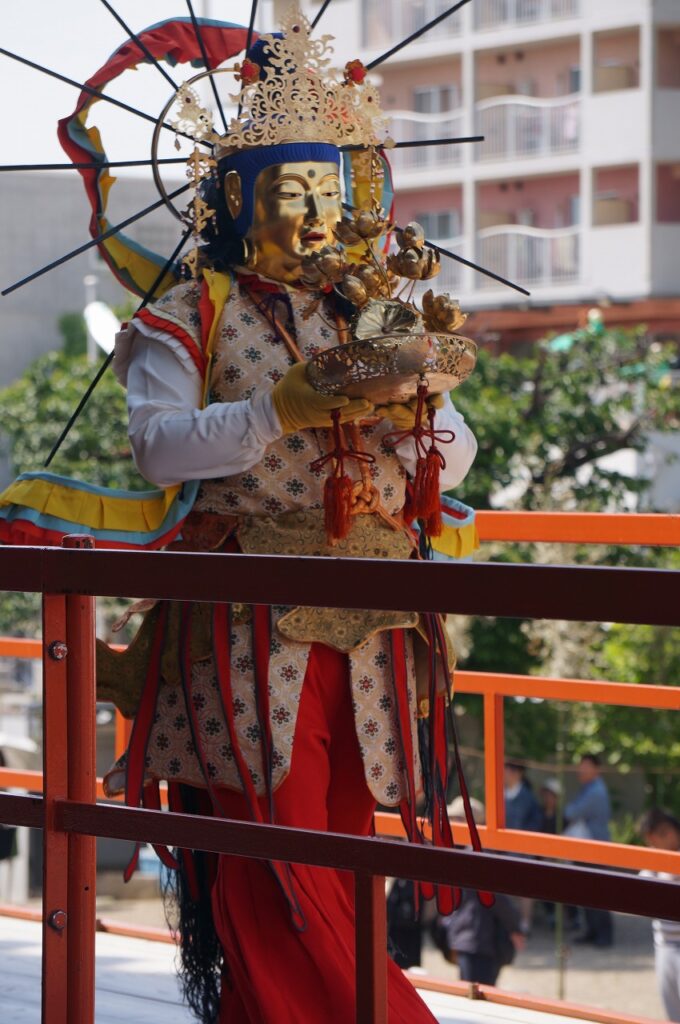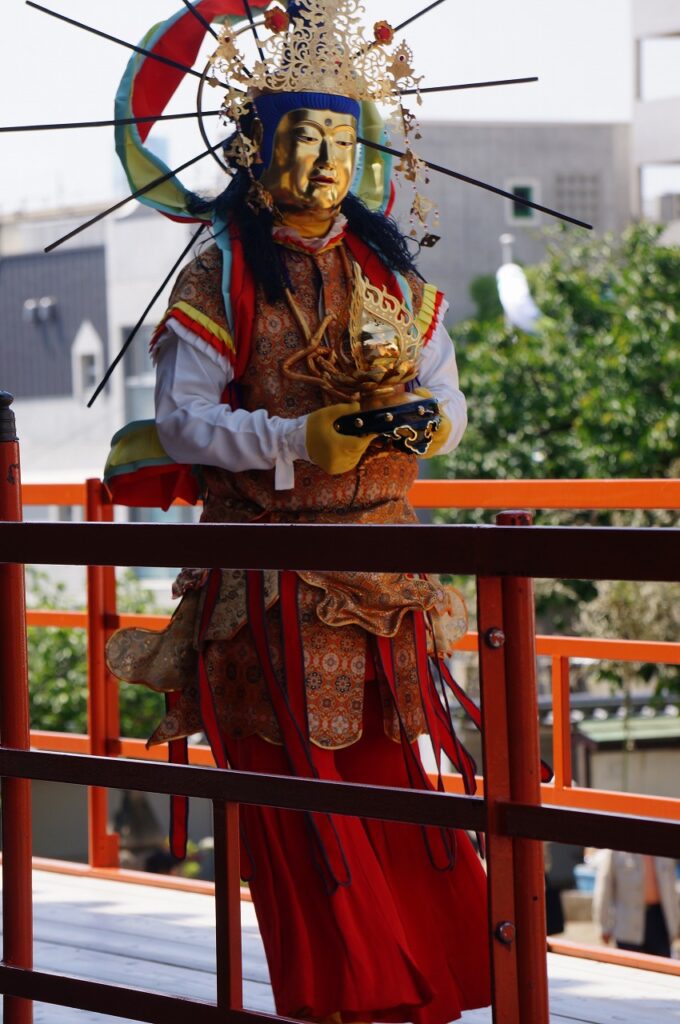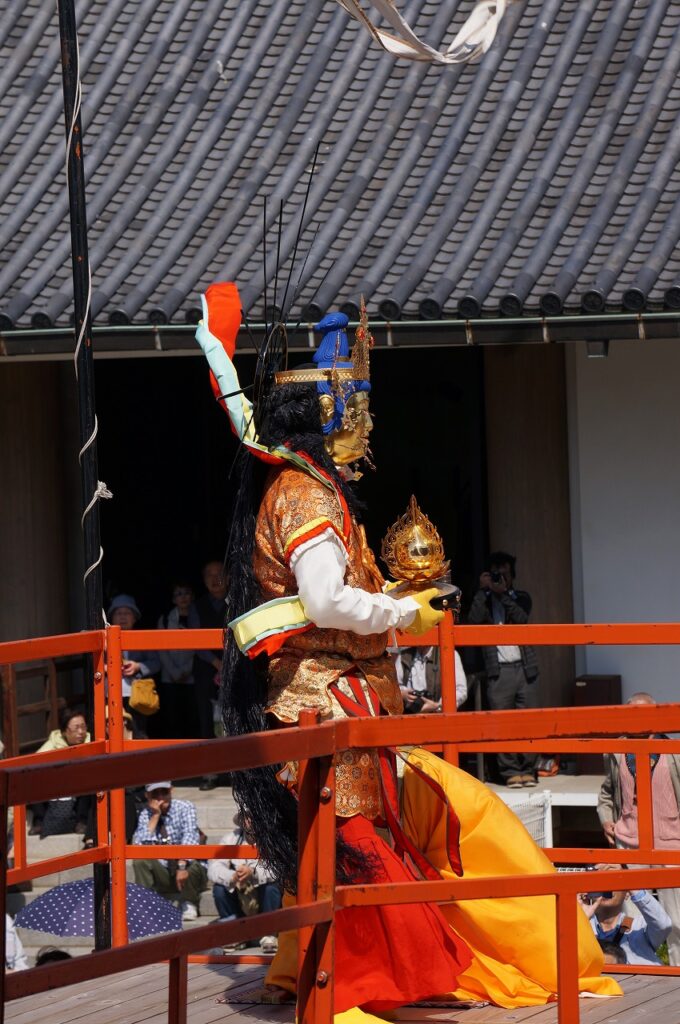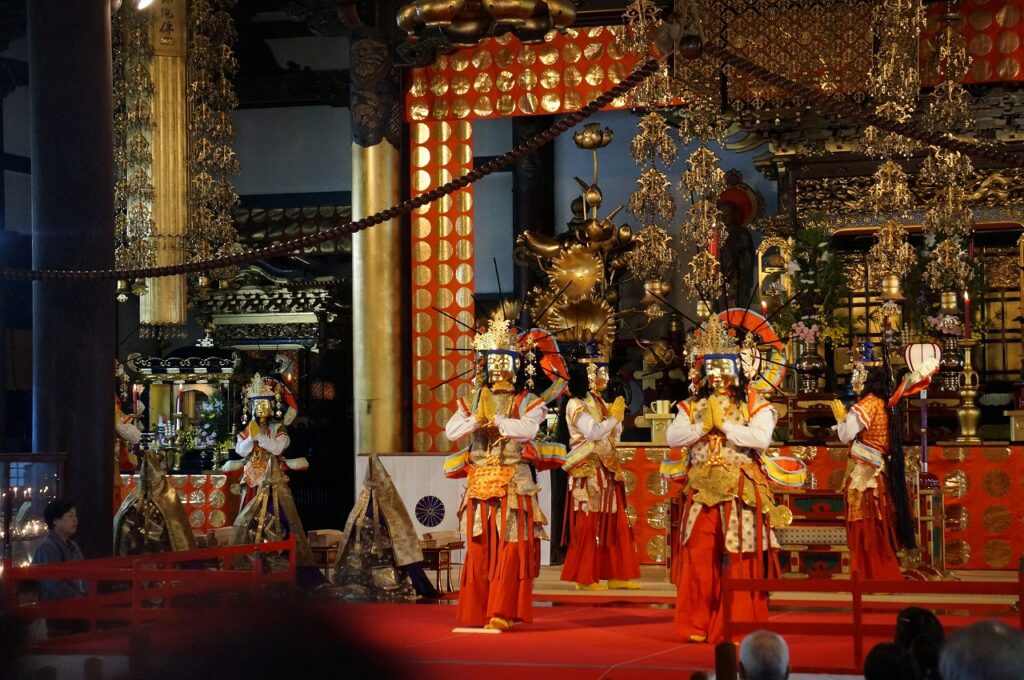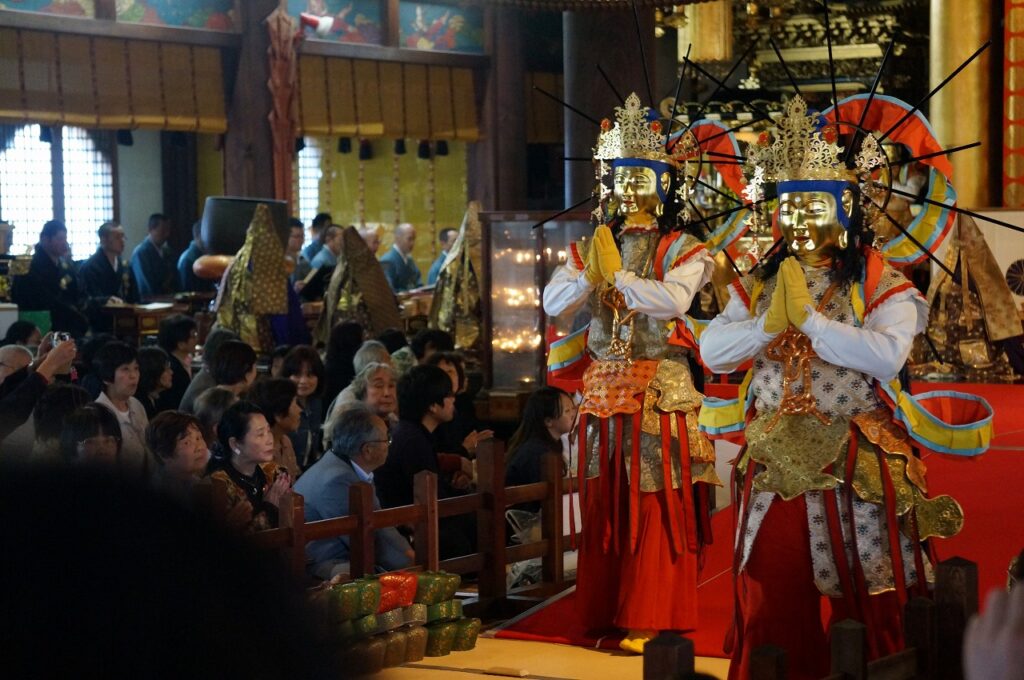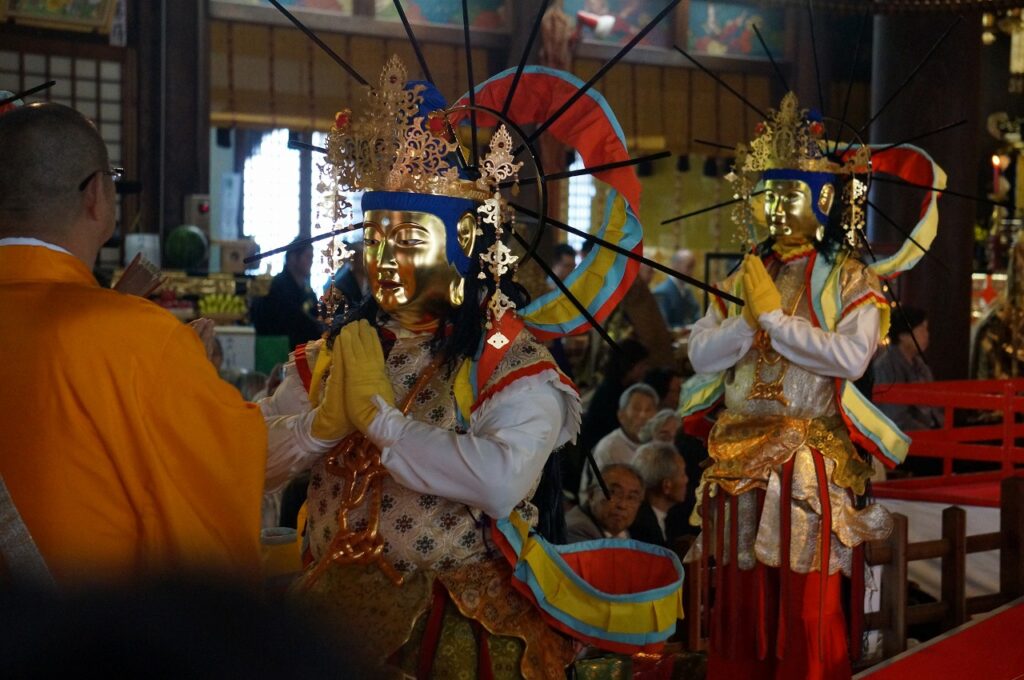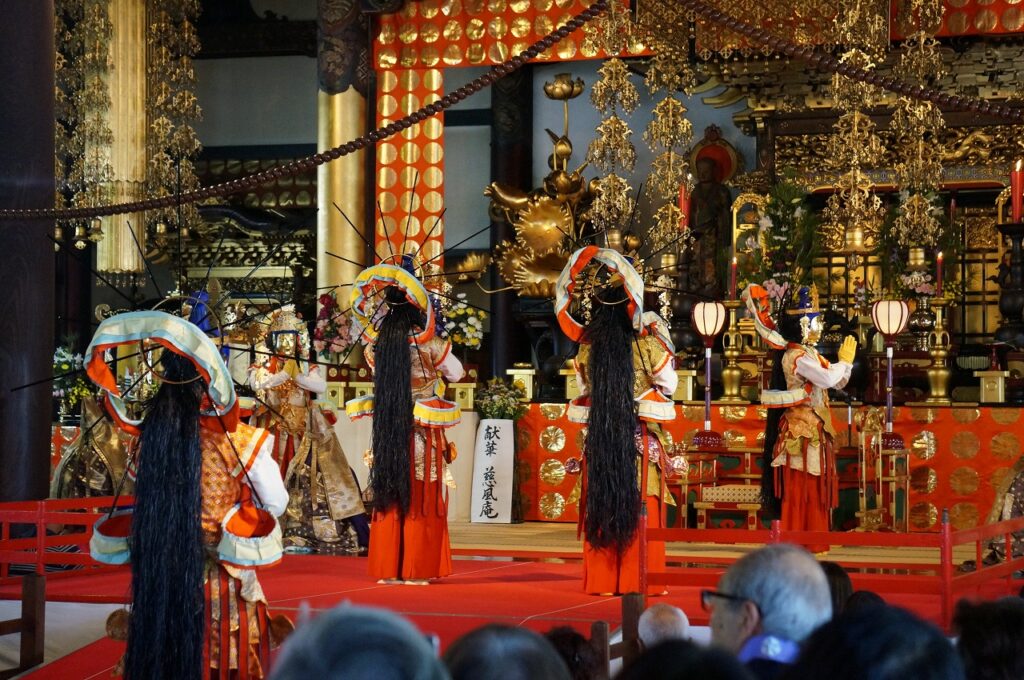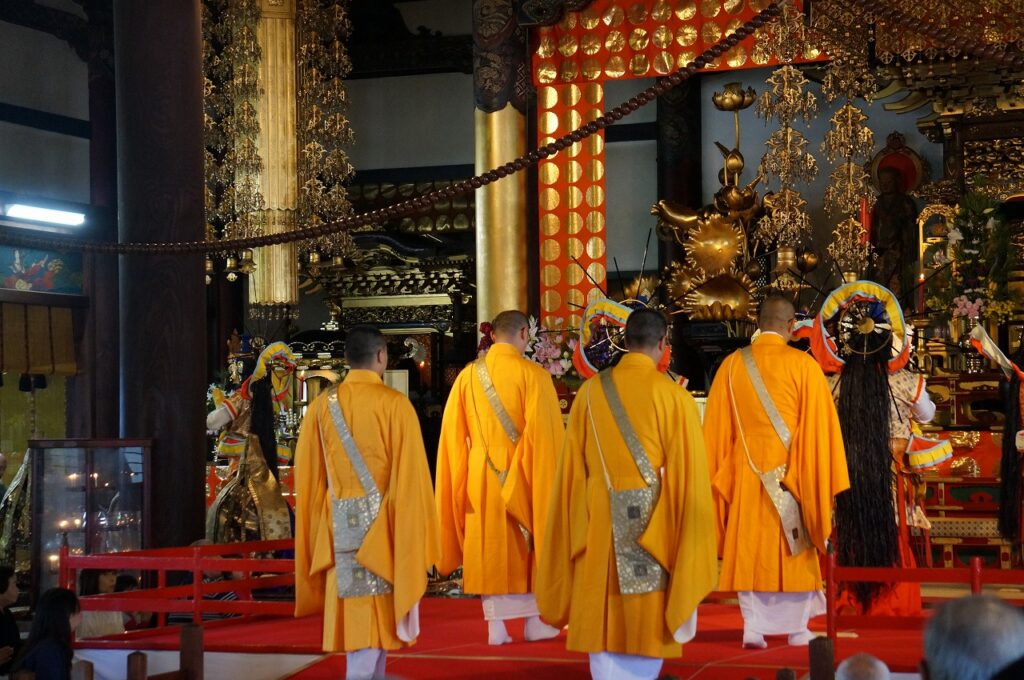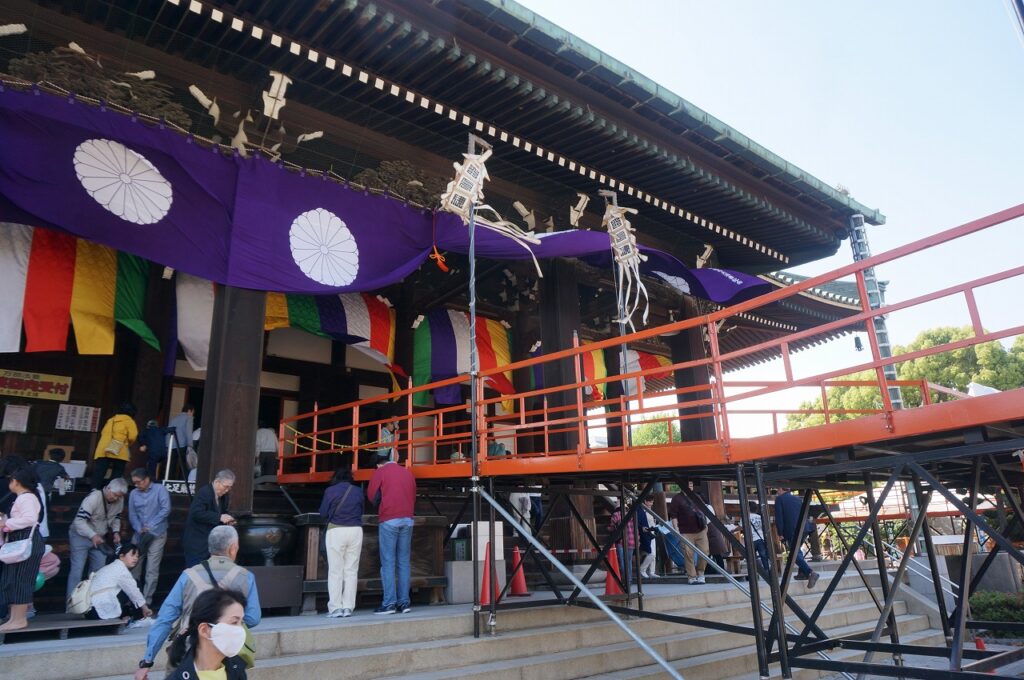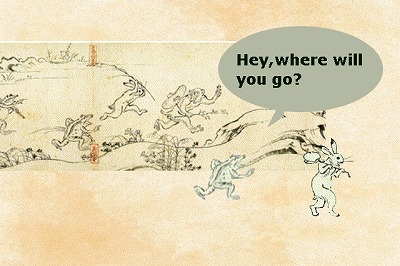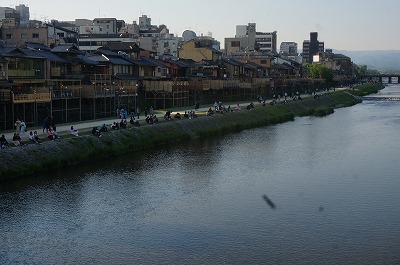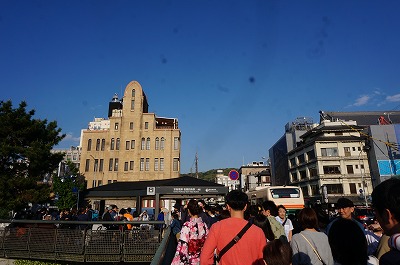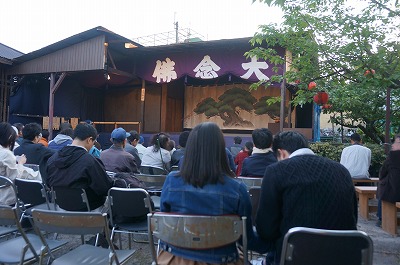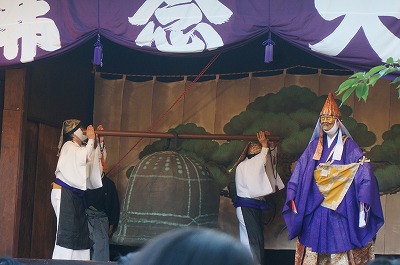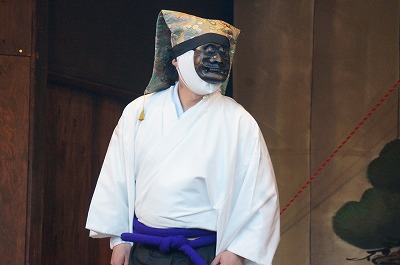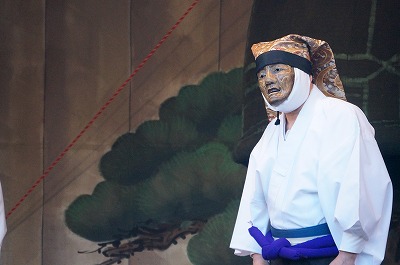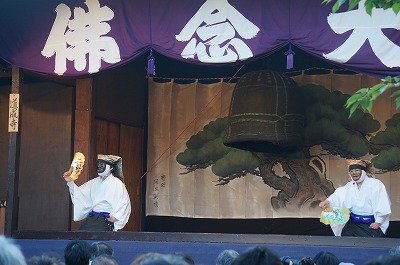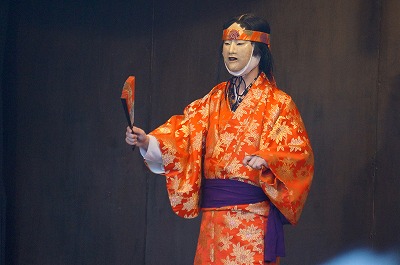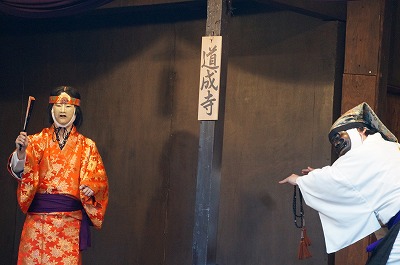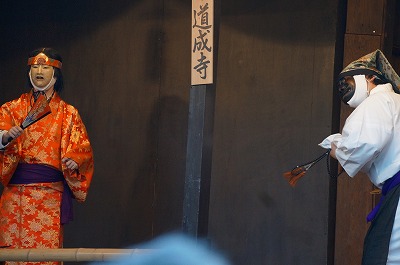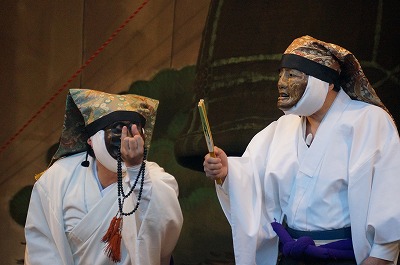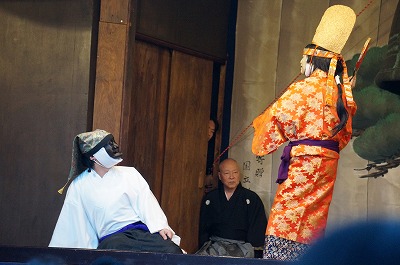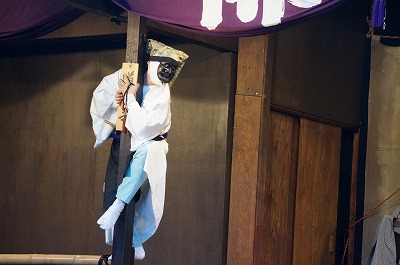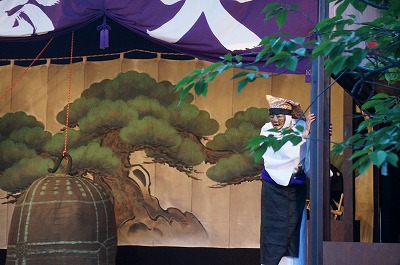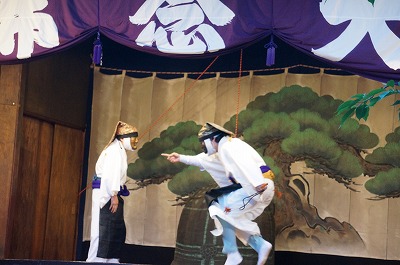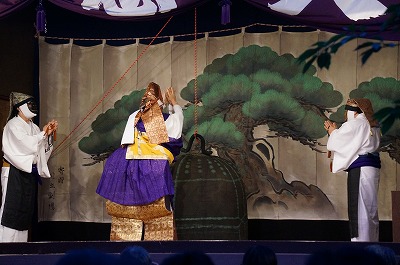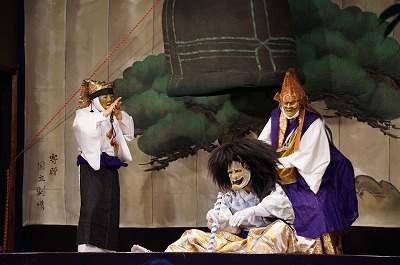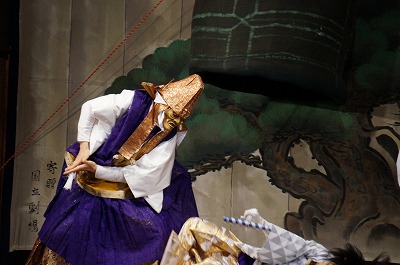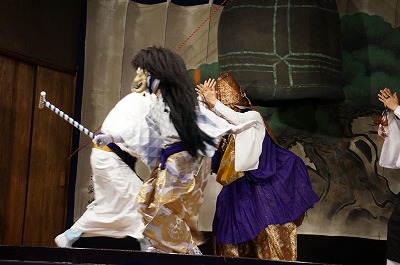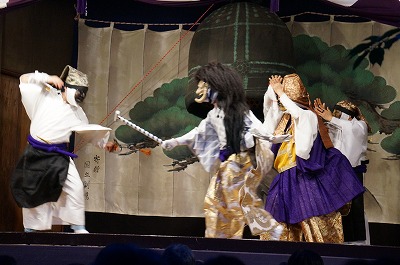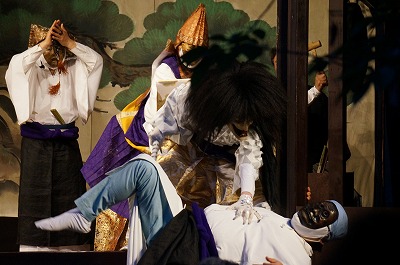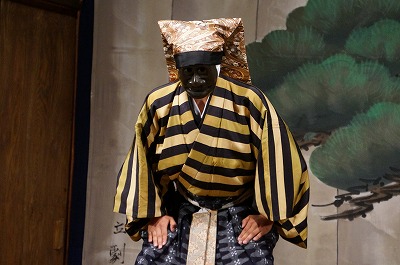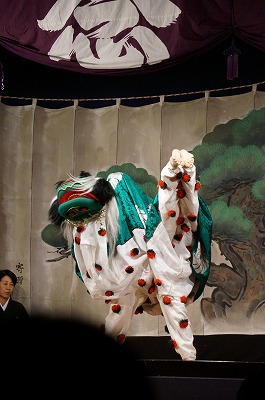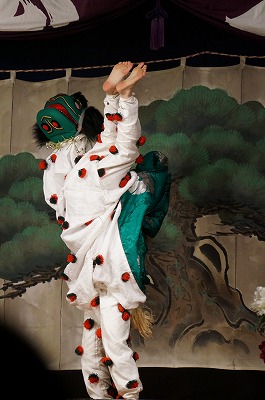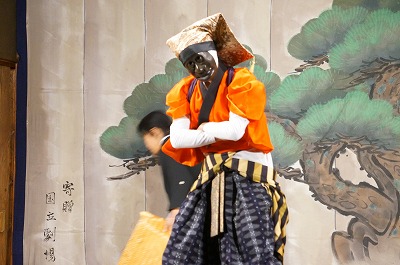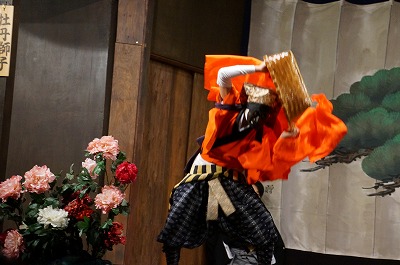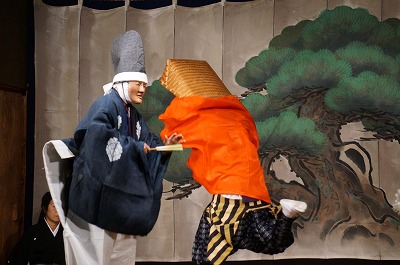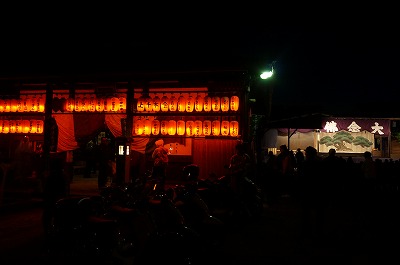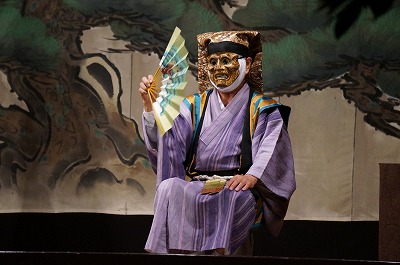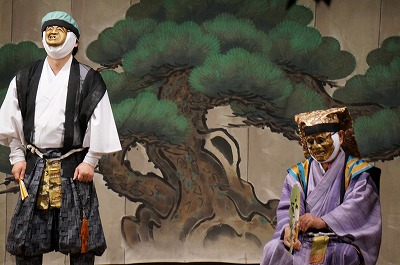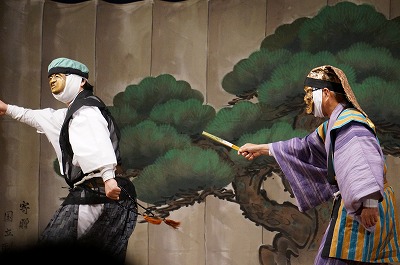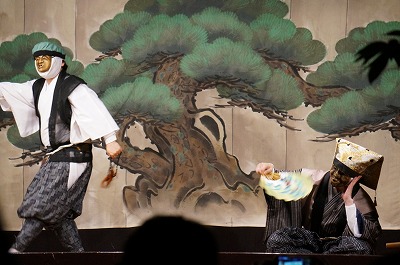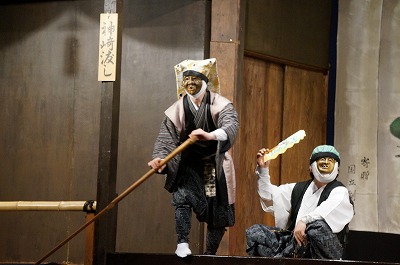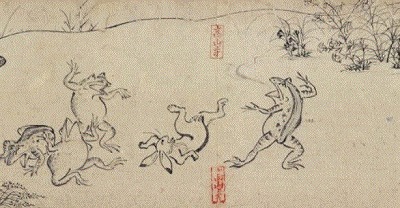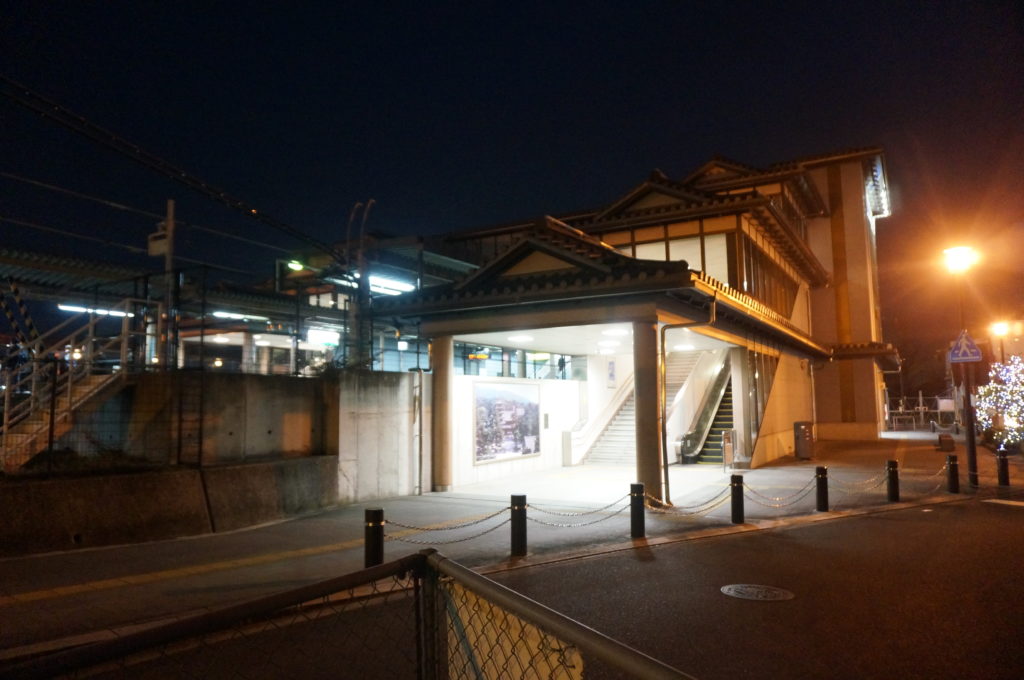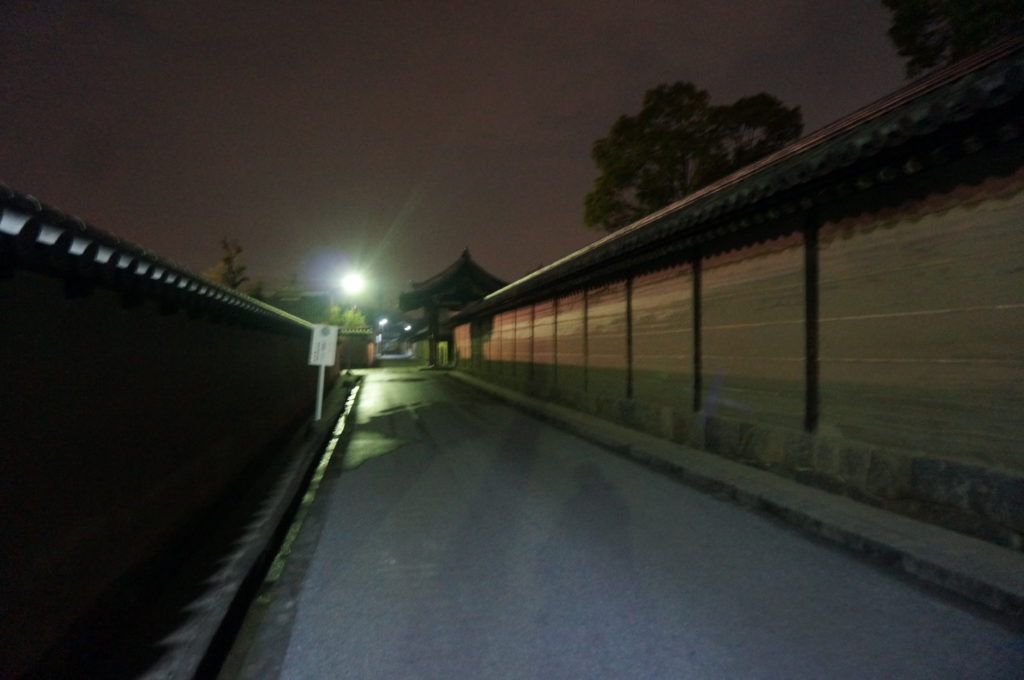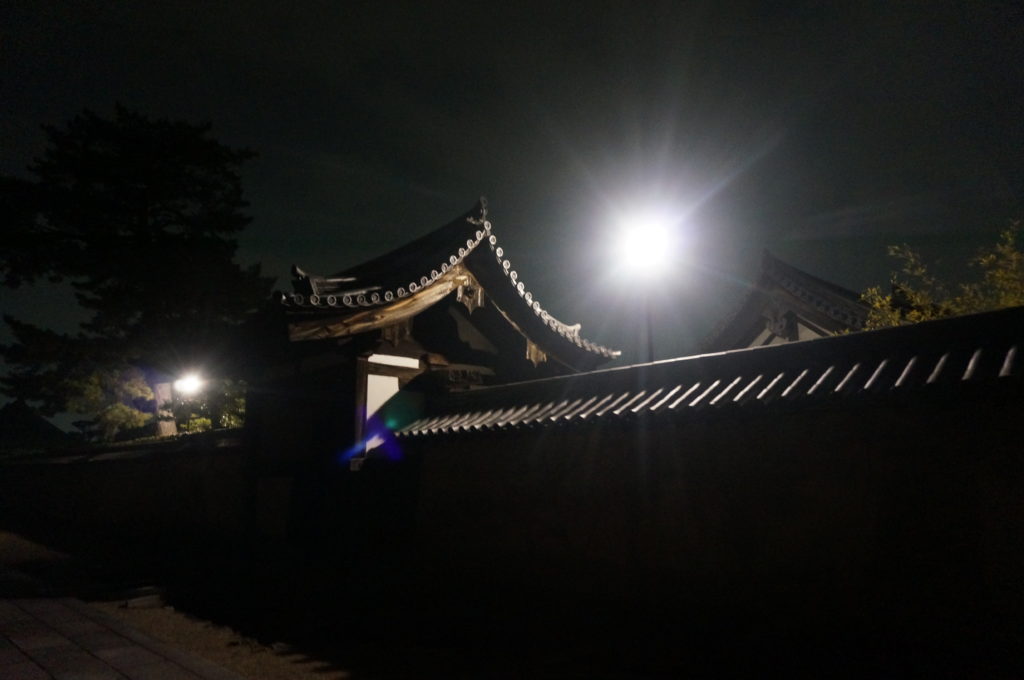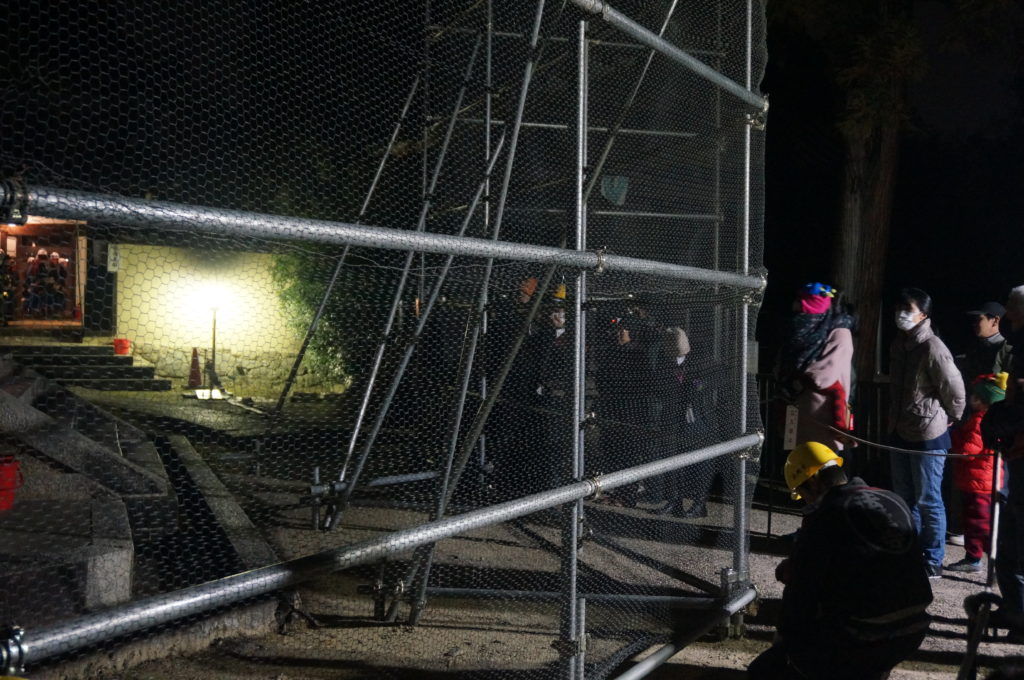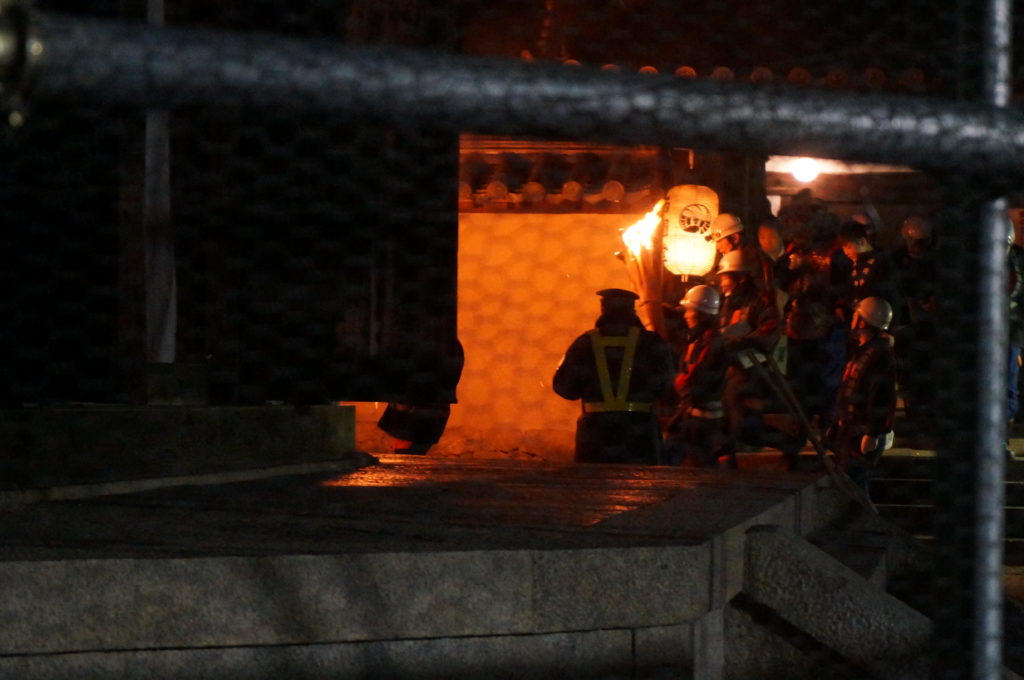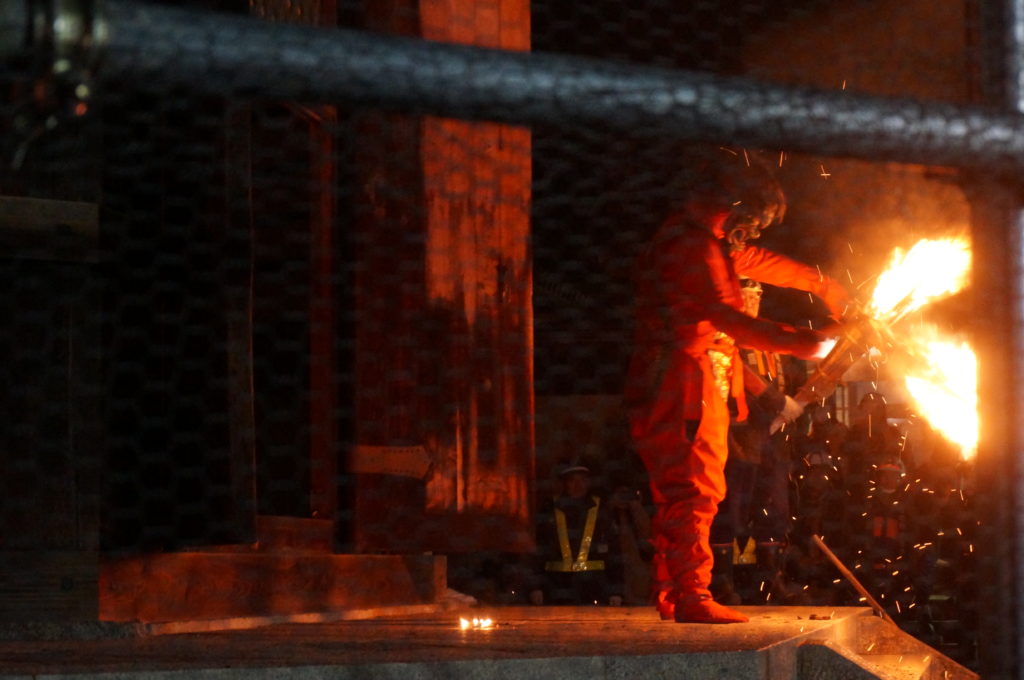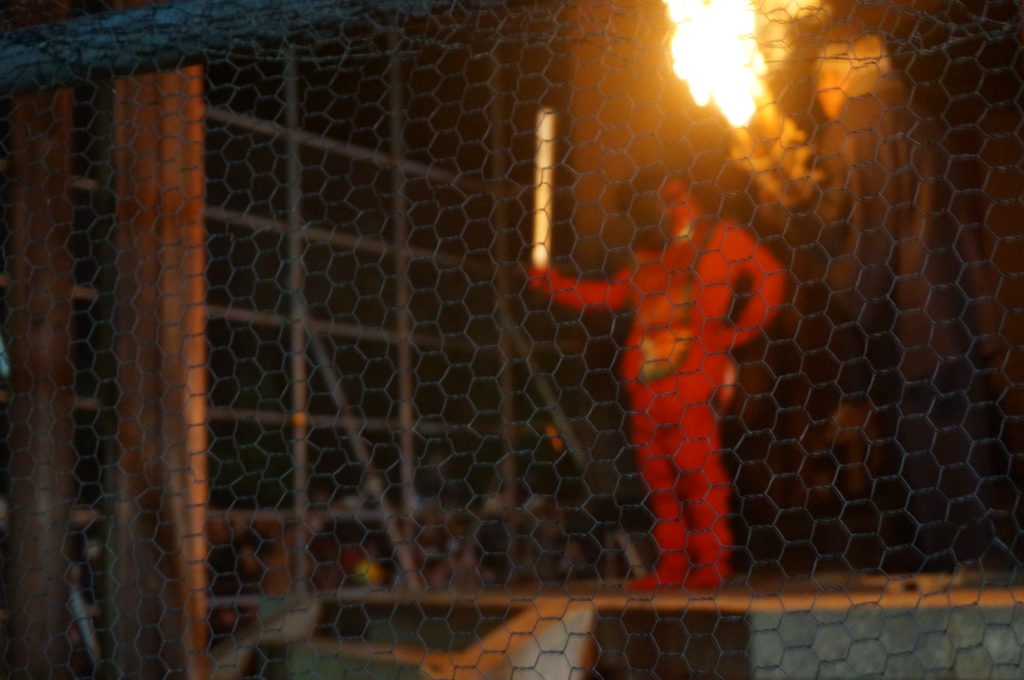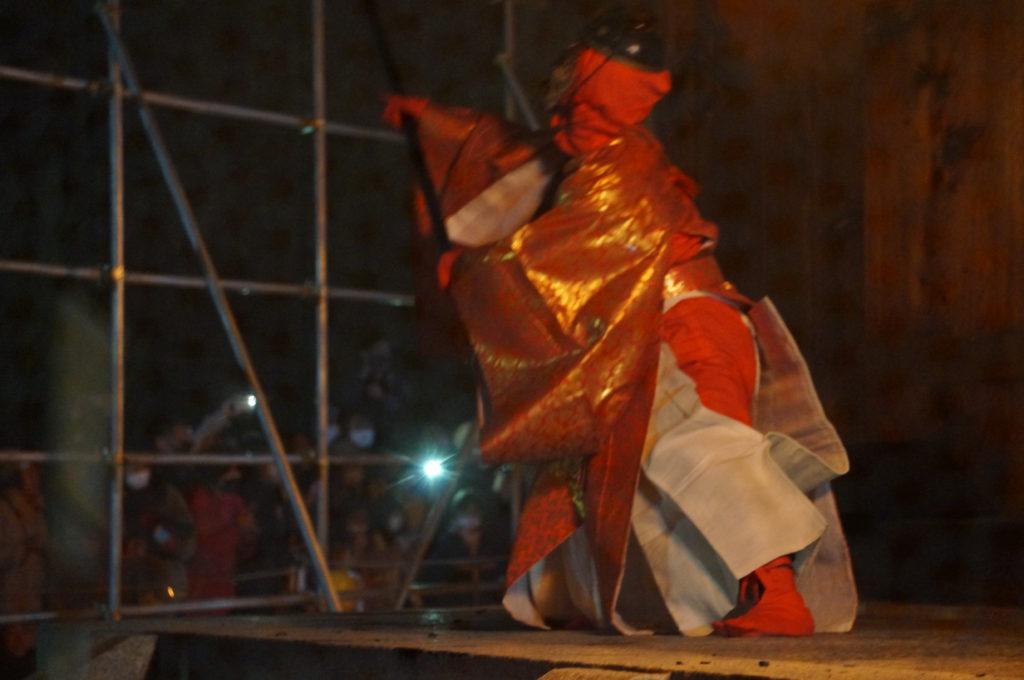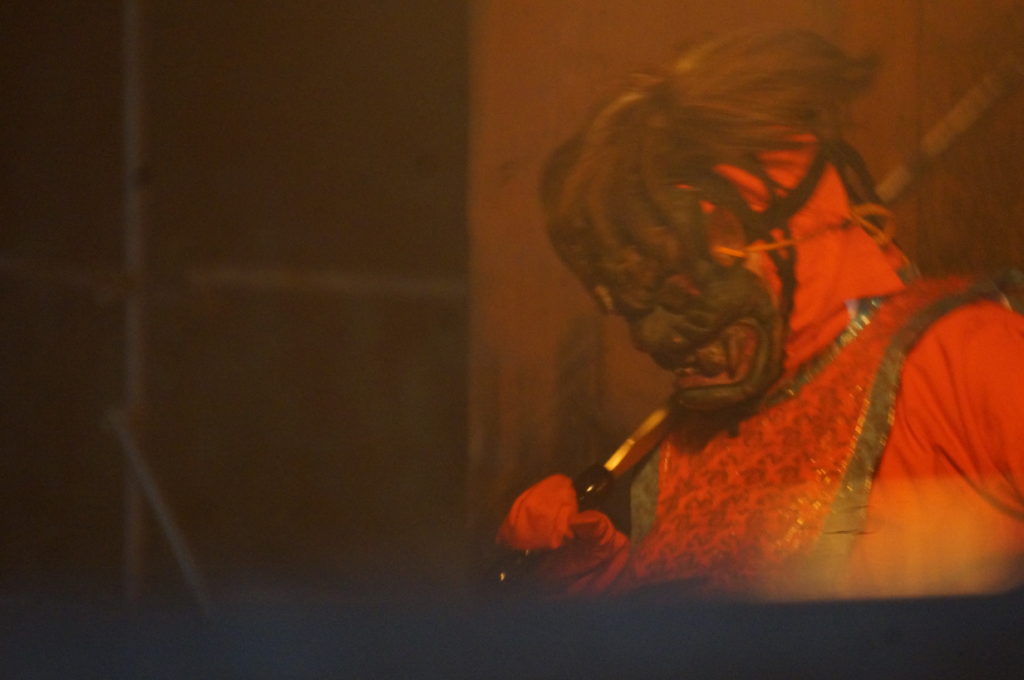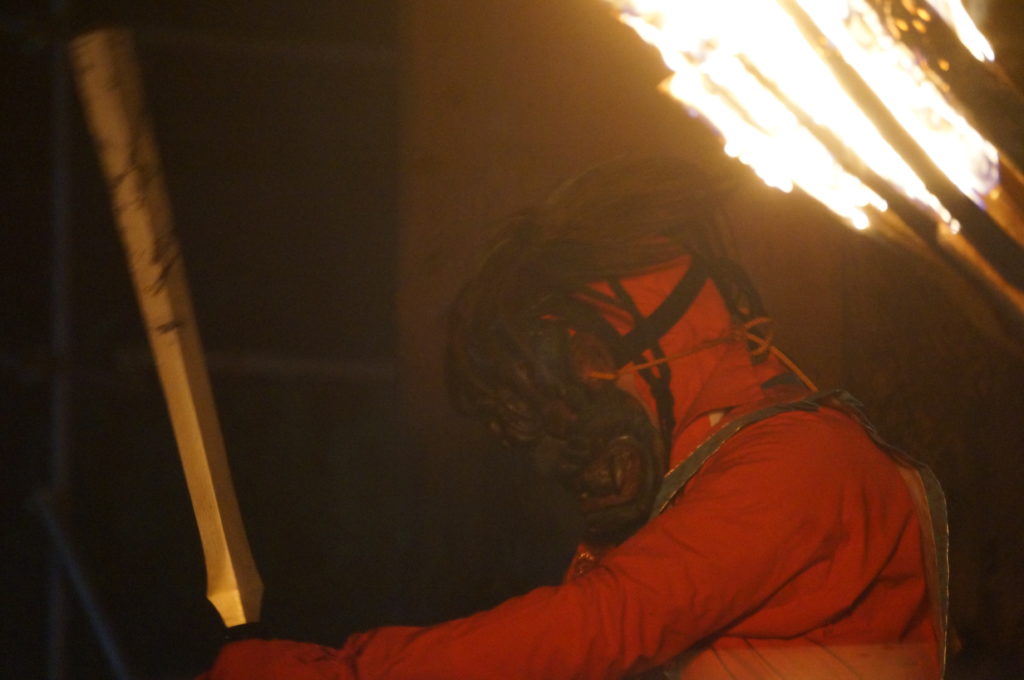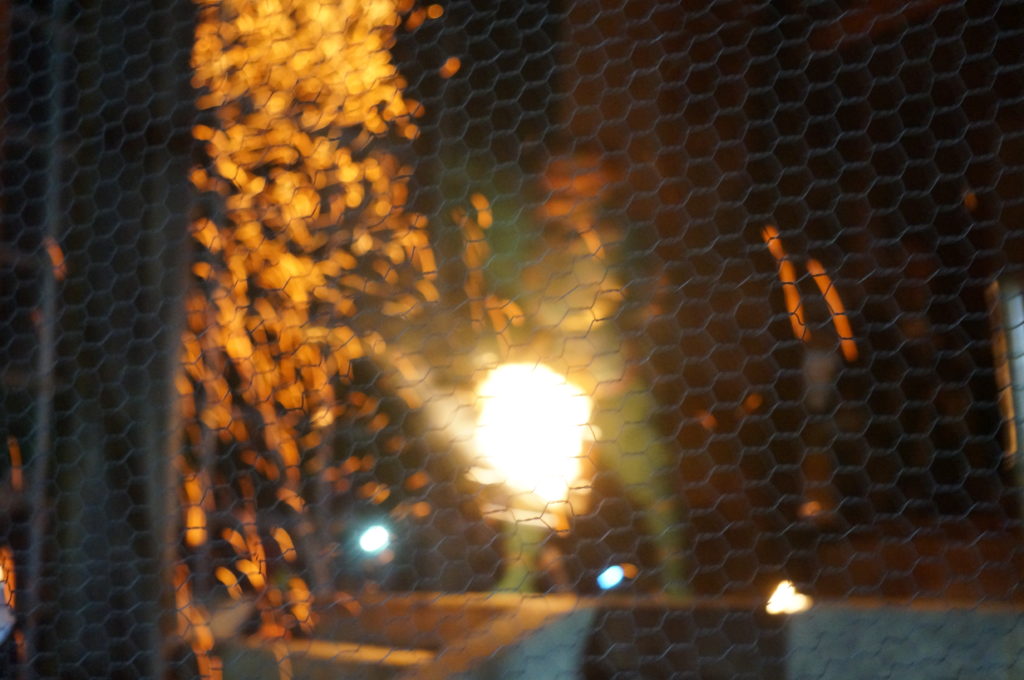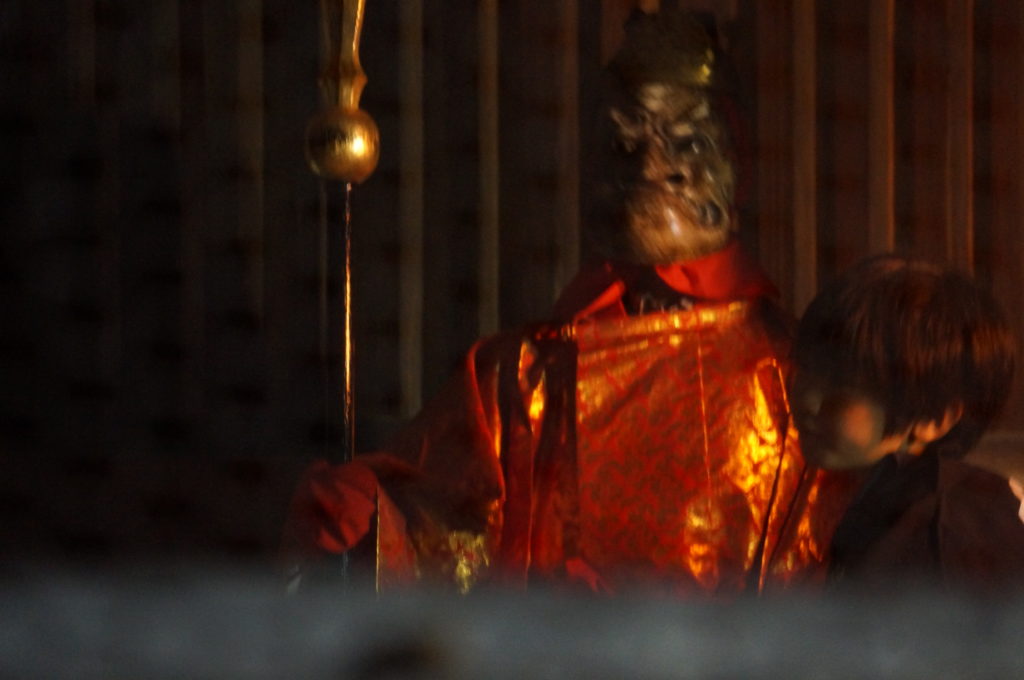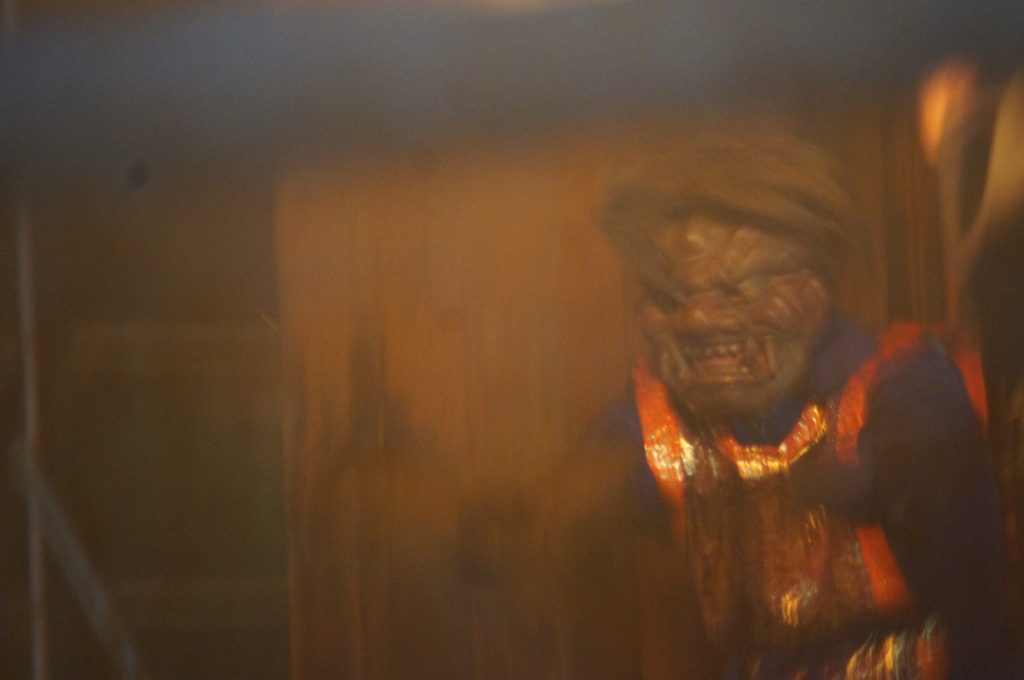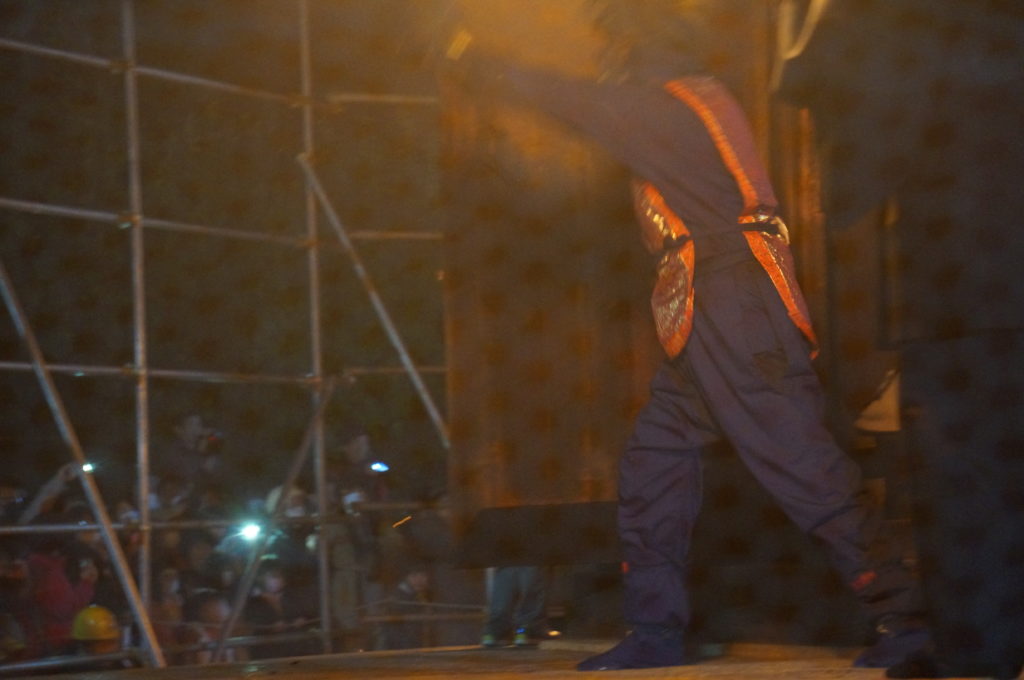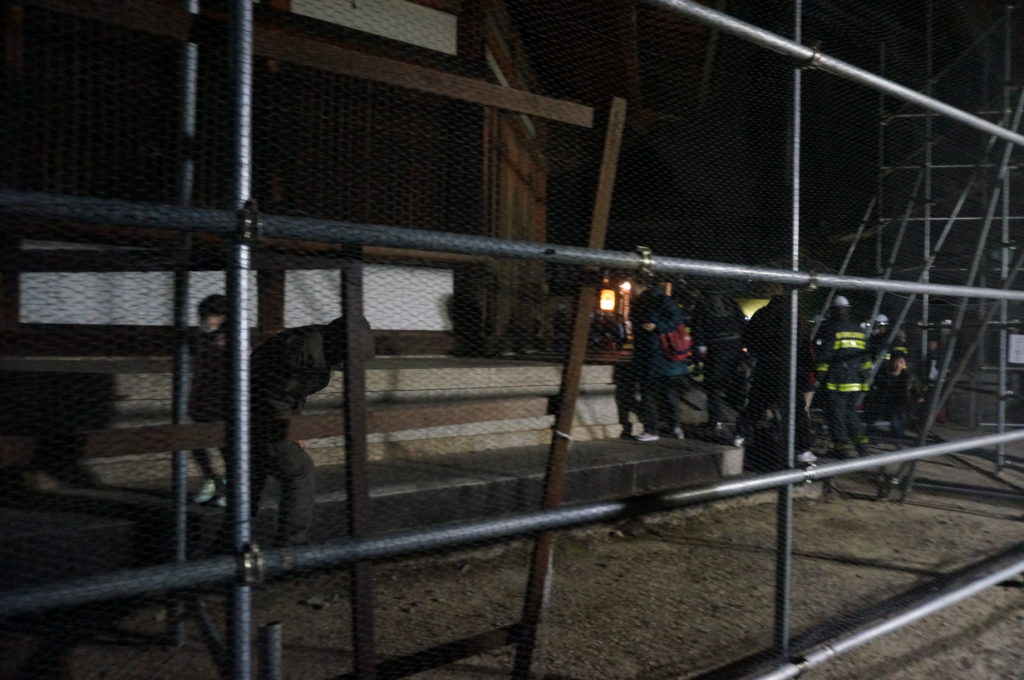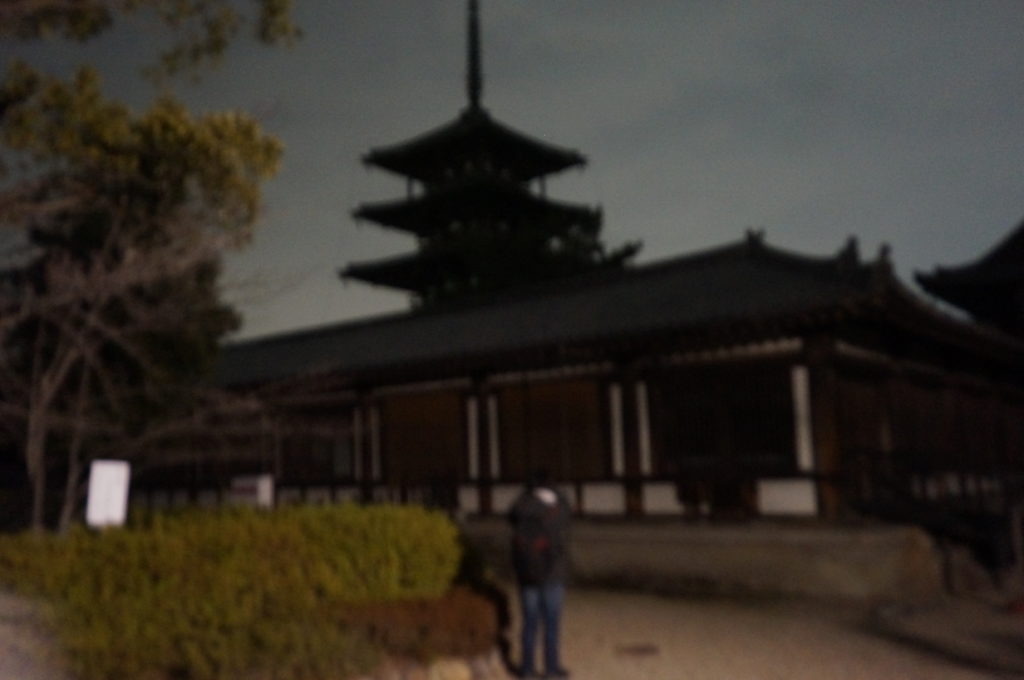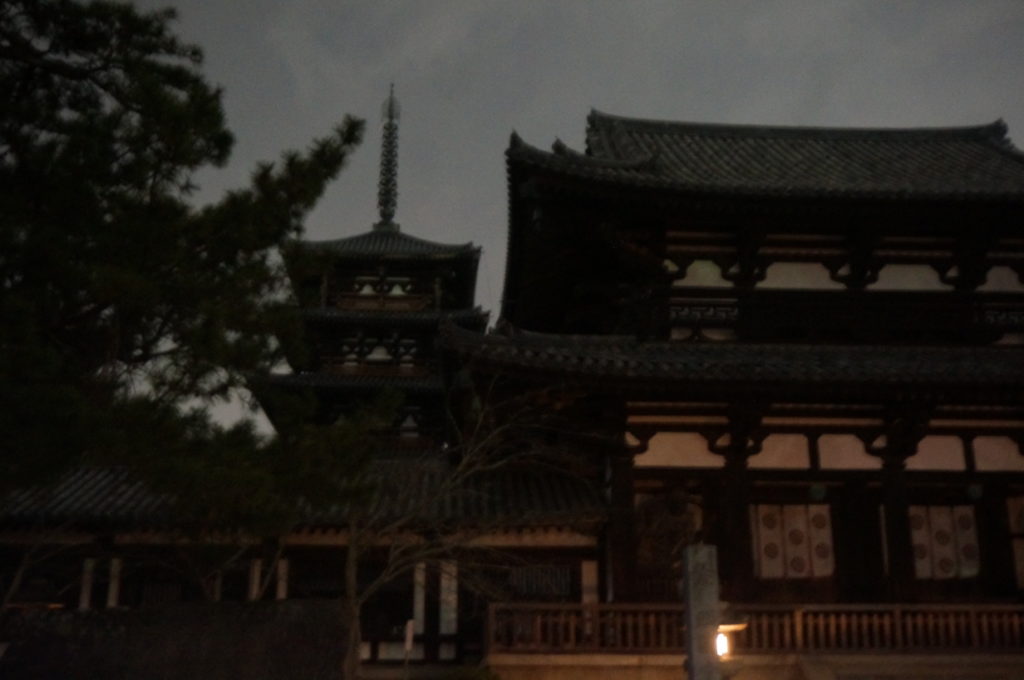Seven Oni bring happiness~ Setubun at Kobe


Date: 3 February
Location: Nagata Shrine 長田神社 3-1-1 Nagata-cho 長田町, Nagata-ku 長田区, Kobe, Hyogo prefecture
Access: For City Subway, Hankyu 阪急, Hanshi阪神 and Sanyo 山陽 trains, get off at Nagata (Nagata-jinja-mae) Station and walk 5 minutes northwards from Nagata-jinja-mae Shopping Street.
For JR, change at Sannomiya 三宮/Kobe 神戸/Shinnagata 新長田 Station to City Subway, Hankyu, Hanshin or Sanyo and get off at Nagata (Nagata-jinja-mae) Station.
City buses, routes 3, 4 (JR Kobe/Hyogo Stn.) and 17 (JR Shin-Nagata Stn.), get off at Nagata-jinja-mae, respectively.
prologue~ 3 points I recommend
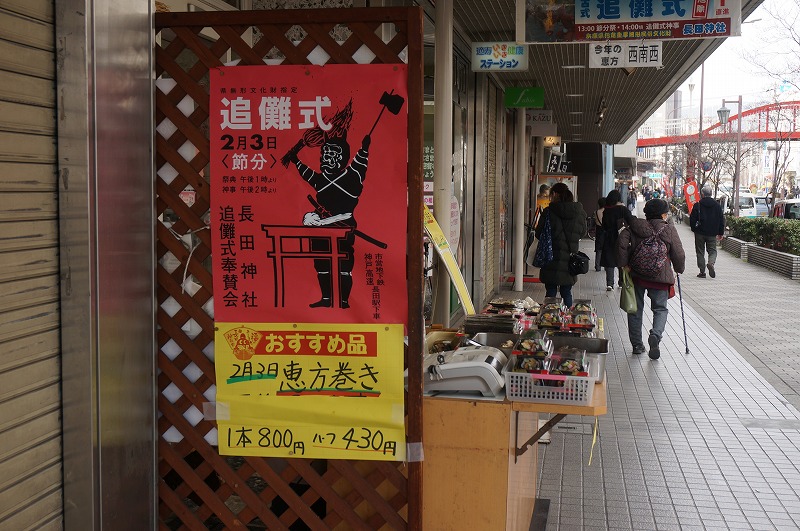
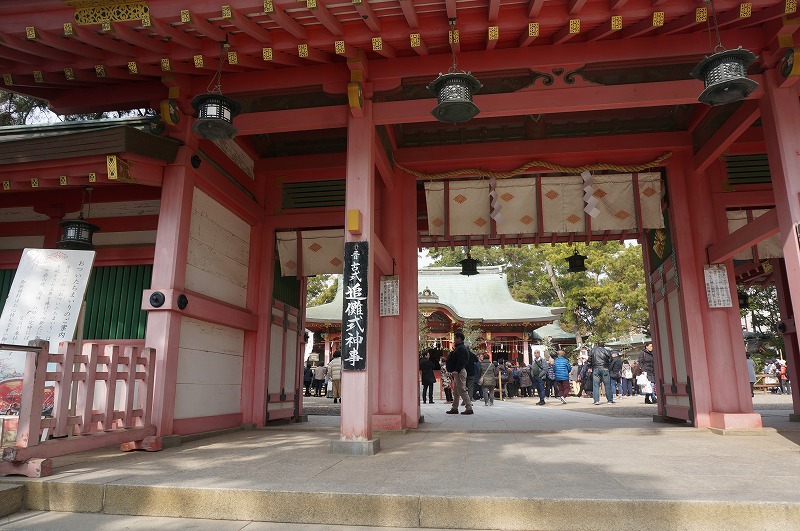
“Since I am in Japan during Setsubun, I want to see the japanese Oni. But I can’t go around a lot at once. So where is it good? I want to see many good things efficiently if possible. “
In such a case, this site recommend *Setsubun at Nagata Shrine. The first point I recommend. It’s easy to get to. It can’t be helped, but there are many inconvenient places where traditional events remain. This shrine is about 30 minutes by train from central Kobe. Kobe is close to Osaka and Kyoto, and as a port city, Kobe itself attracts many tourists.
The second point. There are many Onis. It’s not bad to watch only one Oni carefully, but you want to see many if possible. On that point, in this shrine, as many as seven appear at once.
The third point is that the mask is well made. There are many Oni events in Hyogo prefecture, and all of which are of good workmanship. This is probably due to the fact that a lot of skilled craftsmen came from Kyoto and Nara. Also, the technique was easy to convey. Kyoto and Nara are both ancient capitals and the birthplace of many Buddhist sculptures.
*Setsubun originally meant a day to divide the seasons. And Tsuina Ceremony is an event to exorcise the bad luck of the year. These two were combined someday, and the current Setsubun event was born. Therefore, many people recognize February 3 as Setsubun, the day on which people throw beans at ogres to drive them away.
program of a ceremony
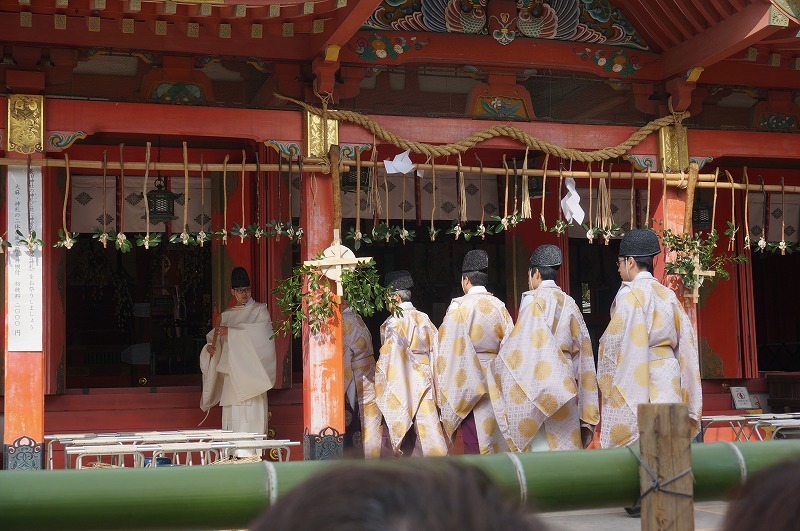
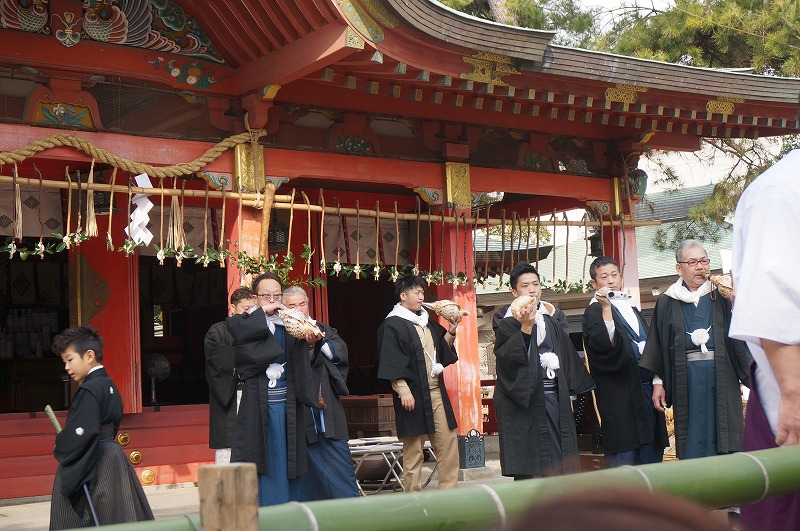
On the day of the event, early in the morning, those who play the role of Oni purify themselves on the beach. This is an important ritual that is performed from the day before. From around noon, the Oni actors and others involved parade through the town and arrive at the shrine. At 1 o’clock in the afternoon, the Onis’ performance finally begins. A long podium on which the Oni walk is set up in the hall, and the audience is waiting in front of a bamboo fence. Taro Oni appears first, alone. Then the five Onis, including Taro Oni, appear in full force. Finally, the Mochi-Wari Oni and Shirikujiri Oni, regarded as the strongest Oni, appear. This is repeated twice. So by the end of the performance, the sun has completely set and a fantastic scene appears with torches blazing in the night sky.
Oni and the Stage
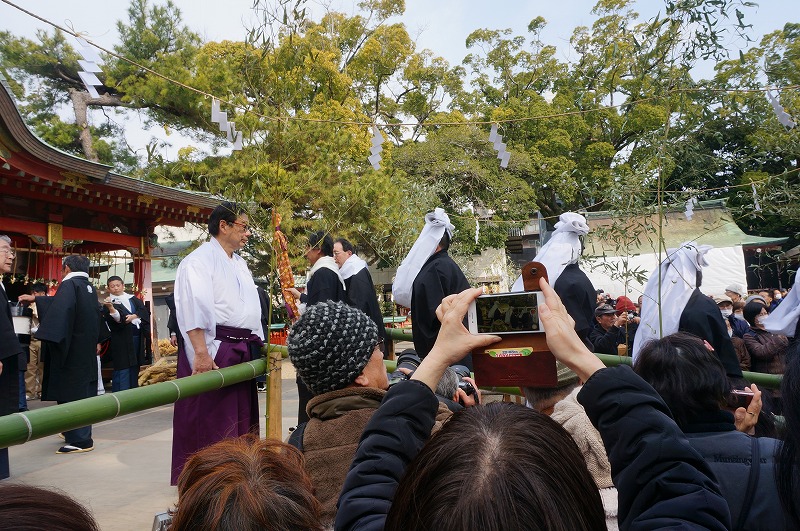
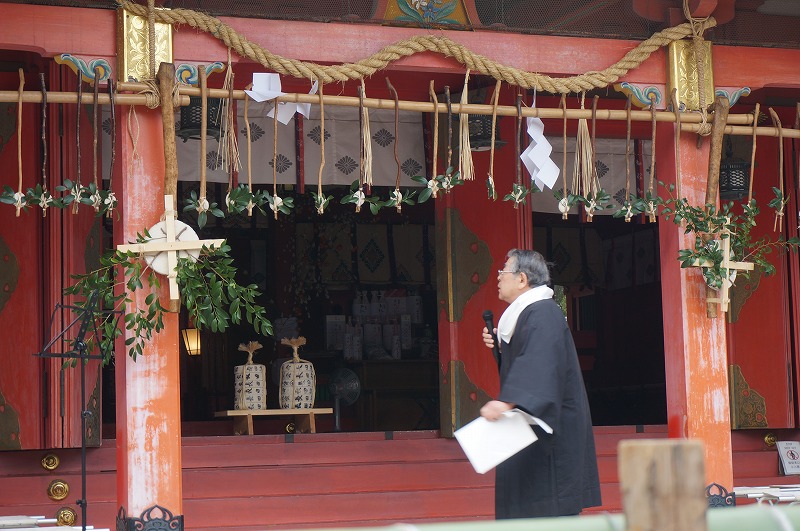
Two large rice cakes are hung in the shrine. These are the symbol of the sun and the moon, and thus heaven and earth. Alongside them hang 64 rice cakes and sakaki (cleyera japonica) leaves. This represents the whole country, as Japan was called 64 provinces in the past. In addition, rice cakes and tangerines adorn the center of the worship hall. These represent the universe and the stars.
In this shrine, the Oni are not daemons. They are messengers who bring happiness to people instead of God. Therefore, there are no bean-throwing ceremonies, and there is no chanting of ‘Oni wa soto’ (meaning to drive out the ogres, the symbol of misfortune)
After the 30-minute ritual that begins at 1:30, it is time for the Onis to appear.
Taro oni appear
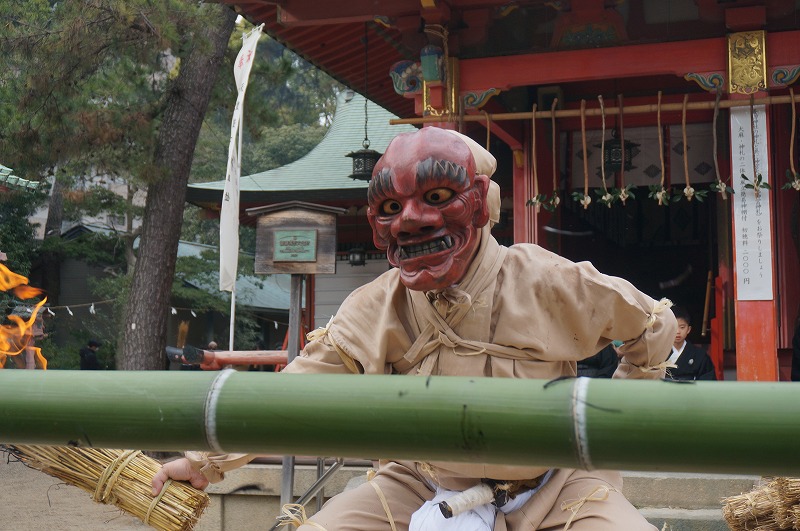
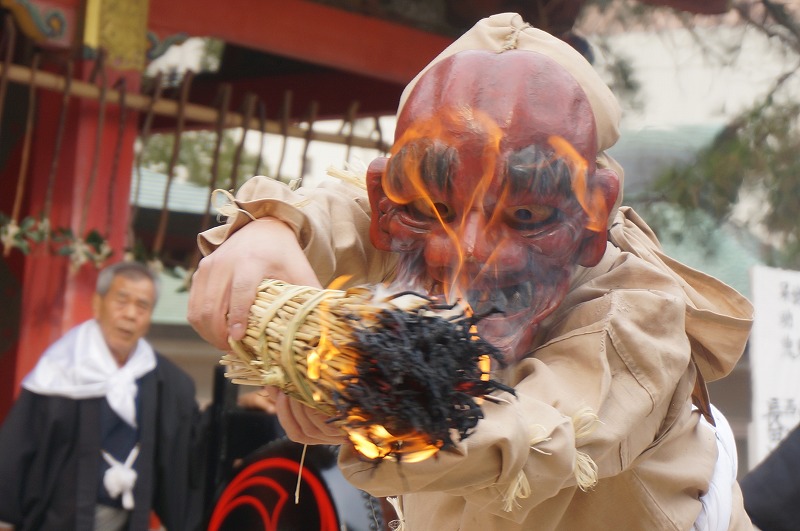
At 2 pm, finally, the Oni appear. At first, the Taro oni appeared alone. Wielding a torch, he performs a vigorous preliminaries. He appears repeatedly three times. He will appear after this. He is the most frequent on this day.
Five Oni on the stage
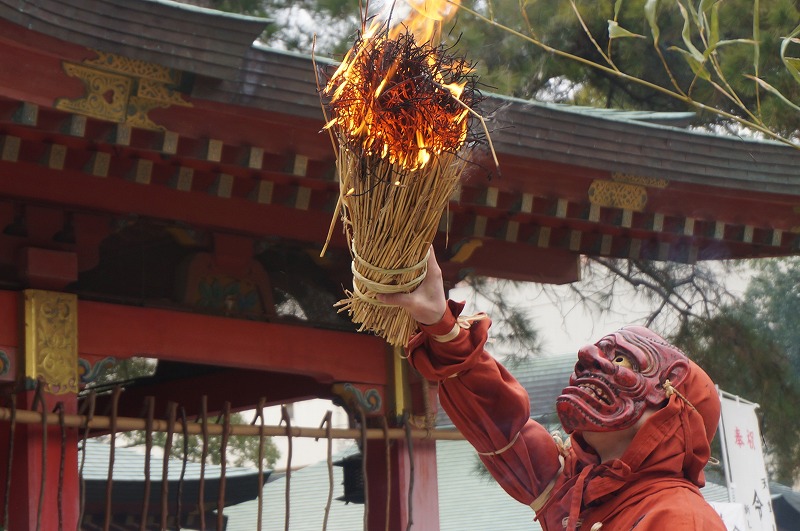
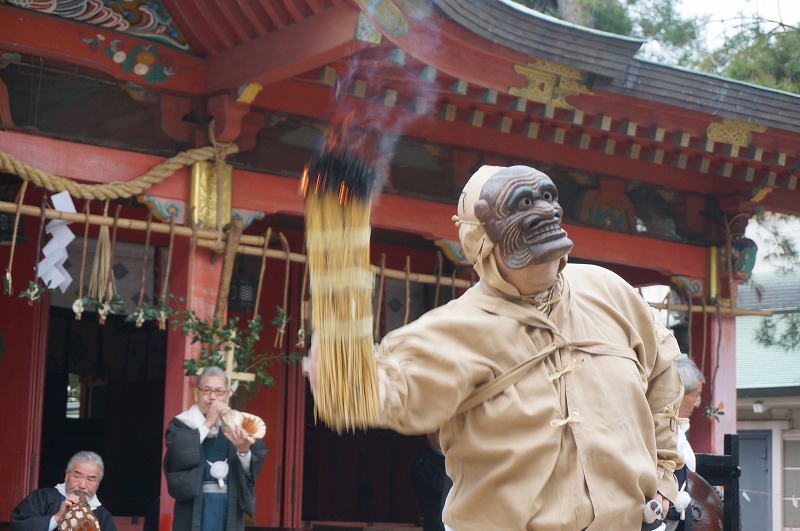
This time, five Onis continue to appear on the stage. Besides Taro, they are Aka Oni, Uba Oni, Housuke Oni, Ao Oni. The scene of the five Oni lined up on stage is a spectacle. The presenter then adds witty commentary. For example, such as “This Oni is too good-looking to be wearing a mask” or “He is a veteran who has already played the role of the Oni ten times this year”. It is also said that if the Ao oni pats you on the head, your eyesight will improve.
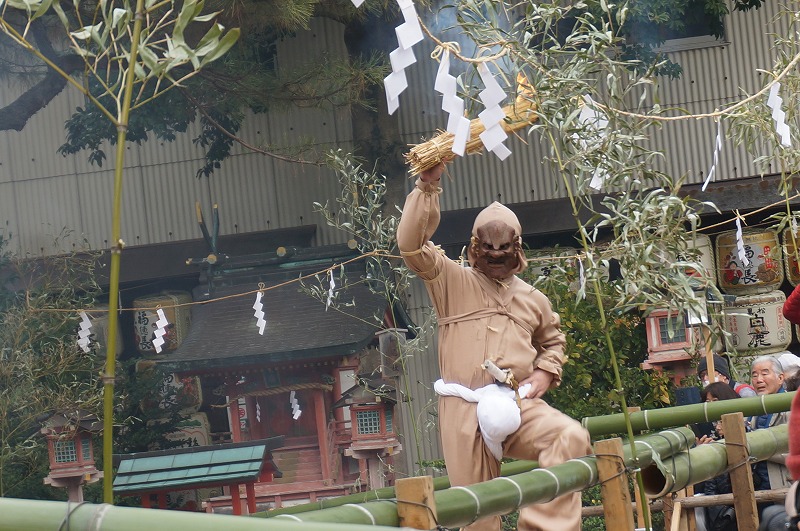
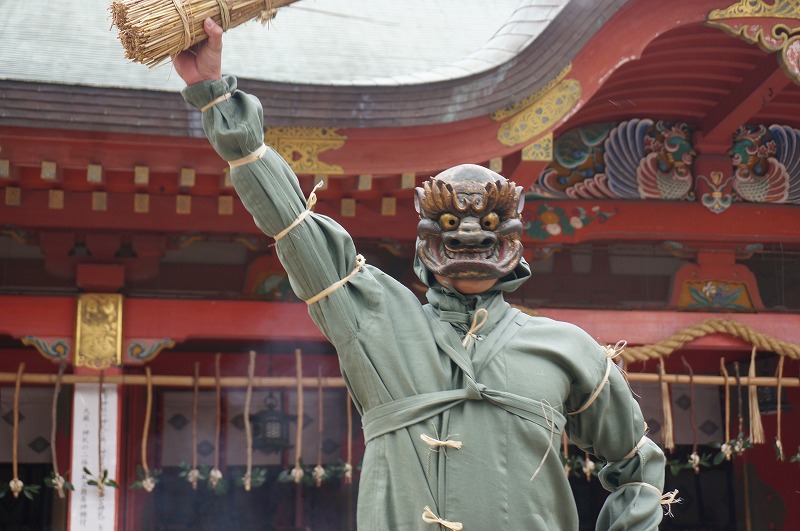
Aka and Ao mean the color, red and blue. The uba means an old woman. The Housuke represents a stupid man, but he has the most fearsome face that does not look very like that.
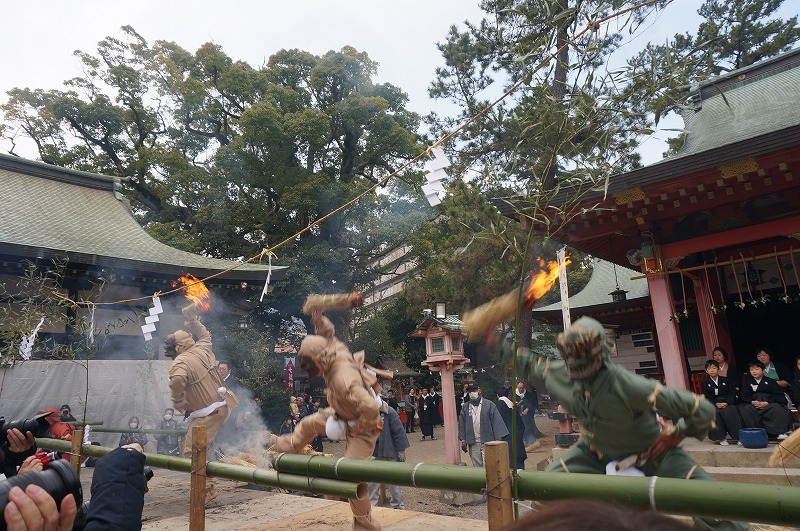

Mochiwari Oni and Shirikujiri Oni
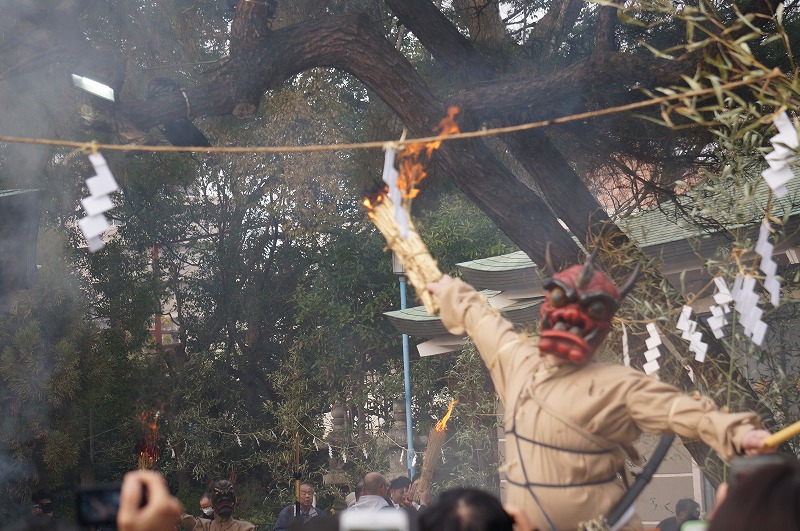

And last but not least, Mochiwari Oni and Shirikujiri Oni. These are the strongest Oni, holding swords and spears and wielding torches to shake off the evils of the world. The meaning of the Shikujiri Oni is unknown, but the Mochiwari Oni means the Oni that breaks rice cakes (mochi). And as the name suggests, to smash the rice cakes with an axe is the climax of the event. By then, it was already nearly 6 pm.
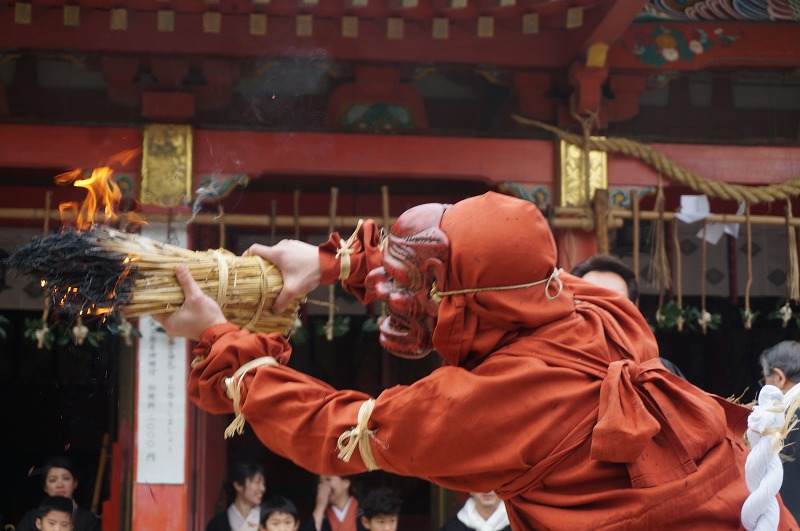

Thus, the event, which continued during the day, comes to an end with the year’s prayers.
To be a Mochiwari Oni, one must have played the role of Oni at least seven times. In addition, the various people involved, including the Oni, must basically be born in the area. Despite these restrictions, fortunately, people who have played the role of oni once want to do it again and again, so there seems to be no need to worry about successors. The event has continued for more than 600 years, and I am not the only one who hopes that it will continue in the future.
Kobe is a major city along with Osaka and Kyoto. Its centre is Sannomiya 三宮. There is no shortage of sightseeing. Be sure to visit once when you visit the port city.


